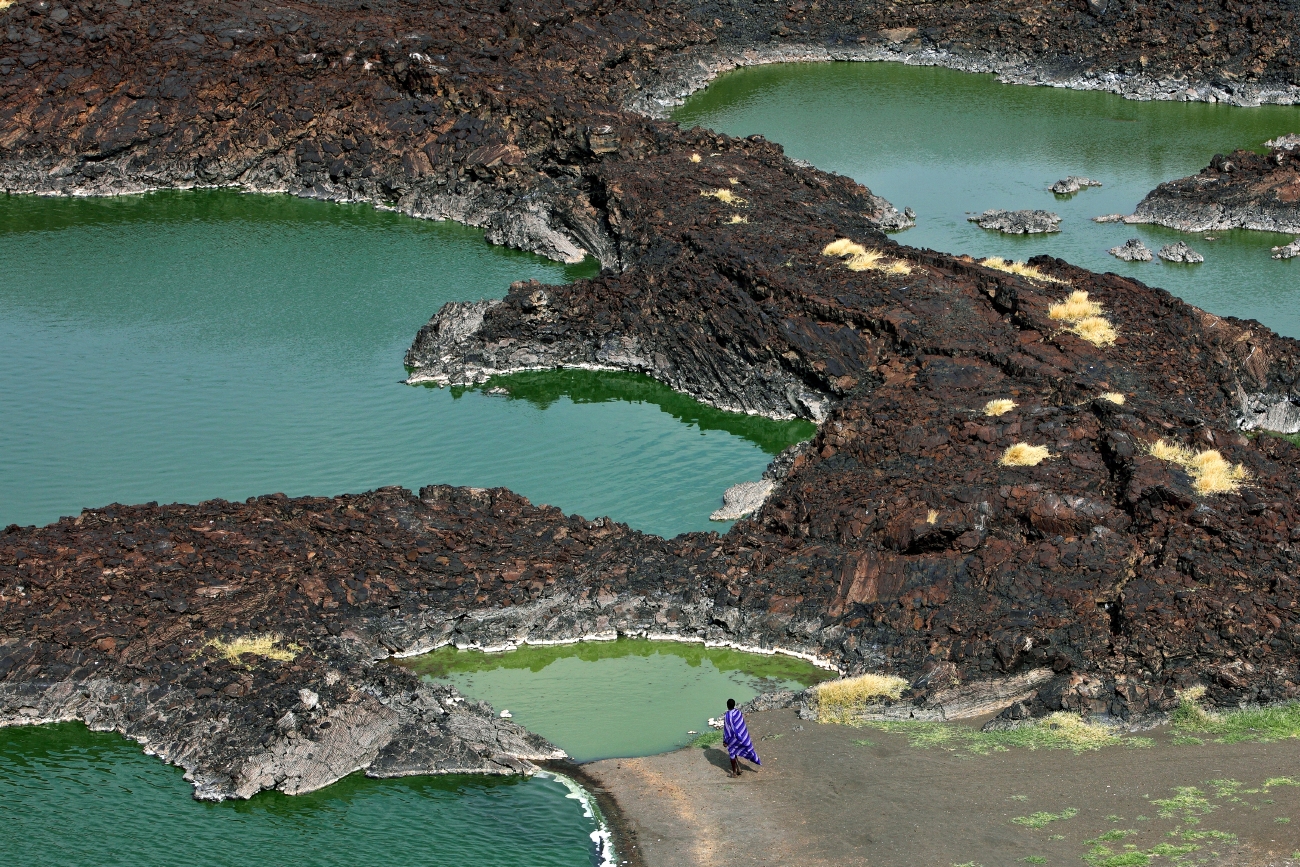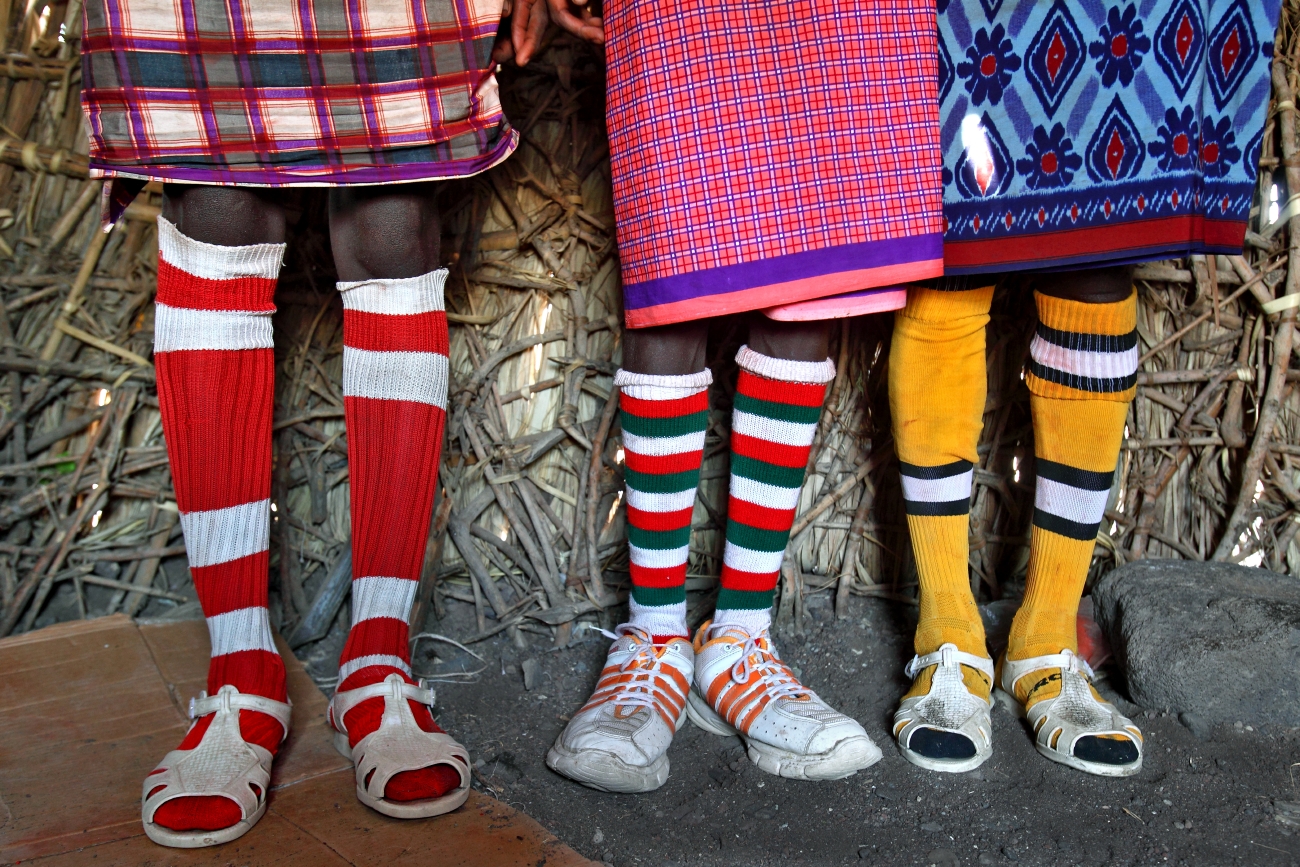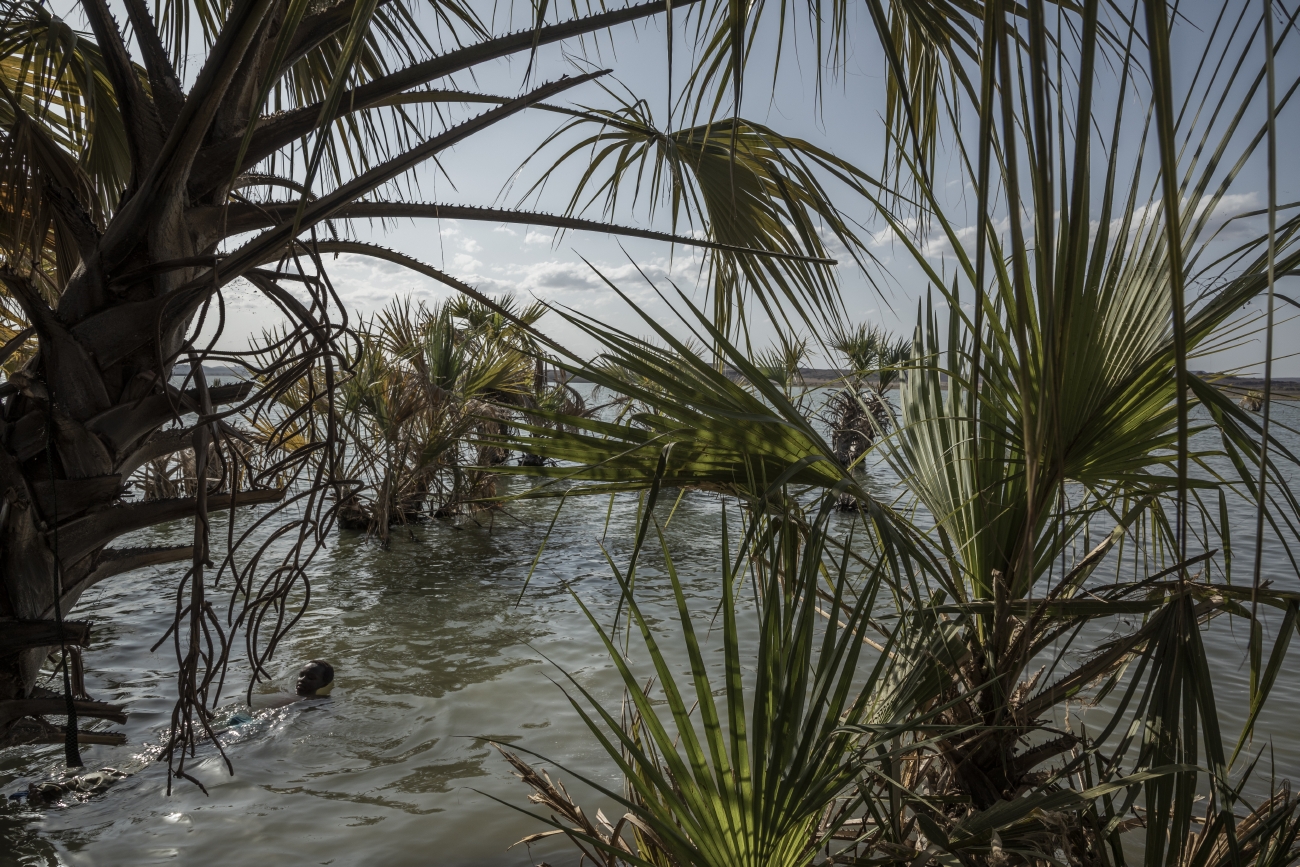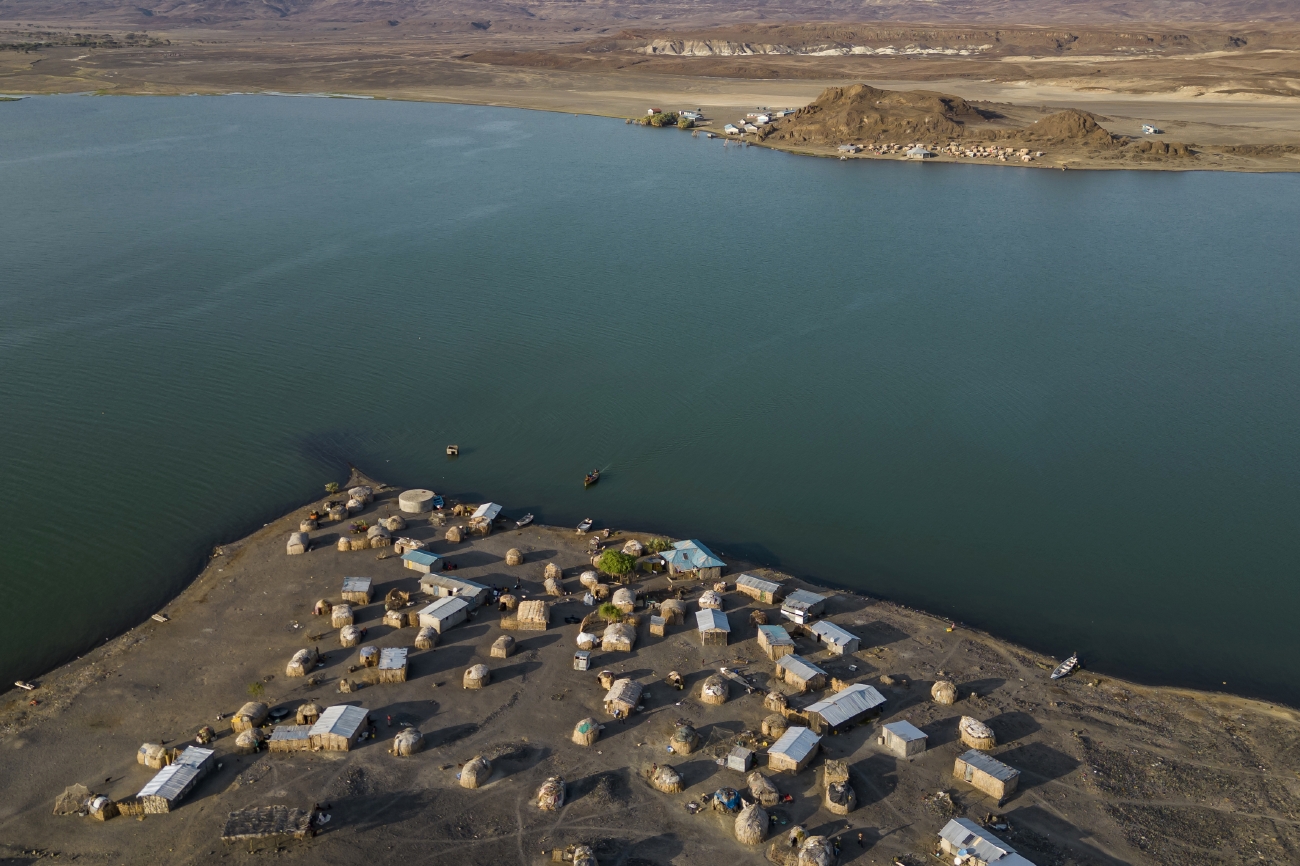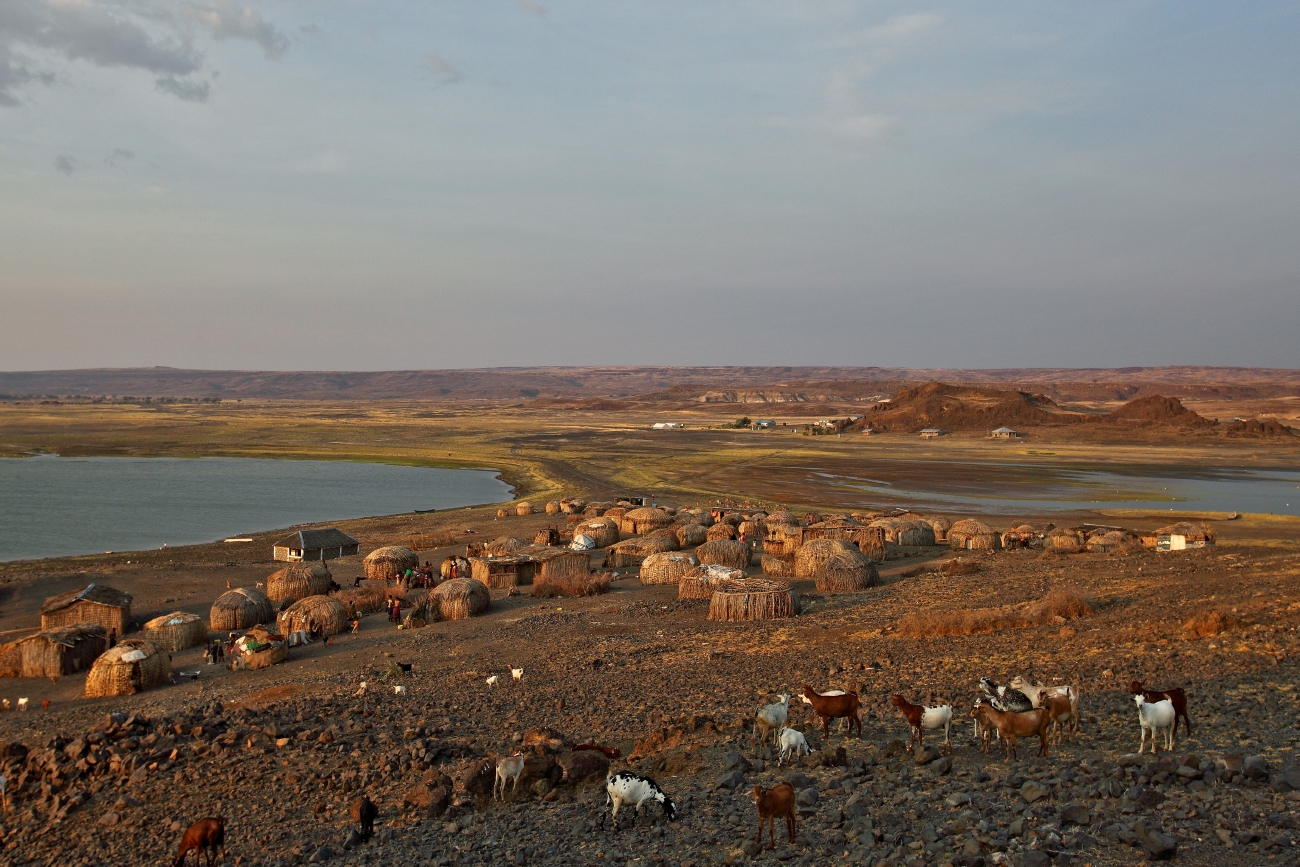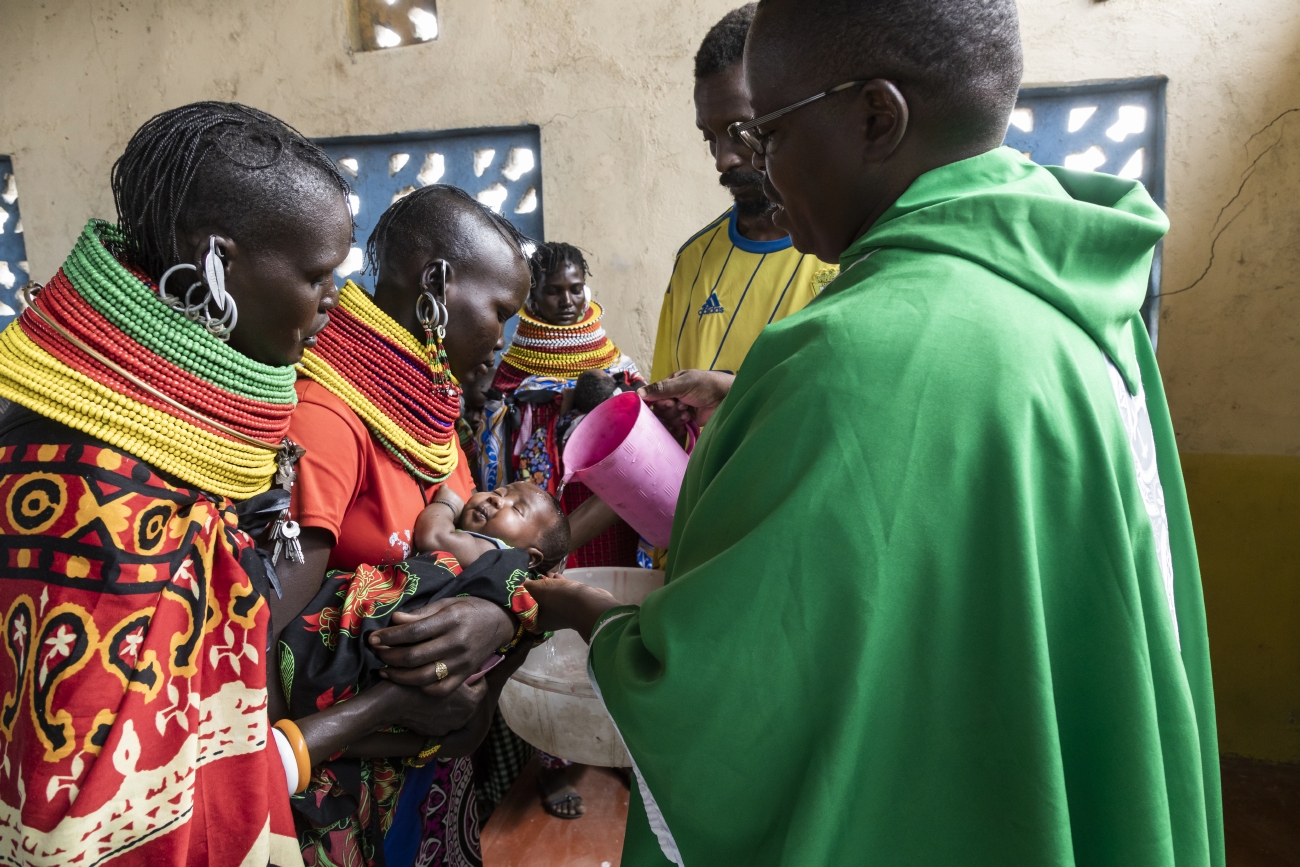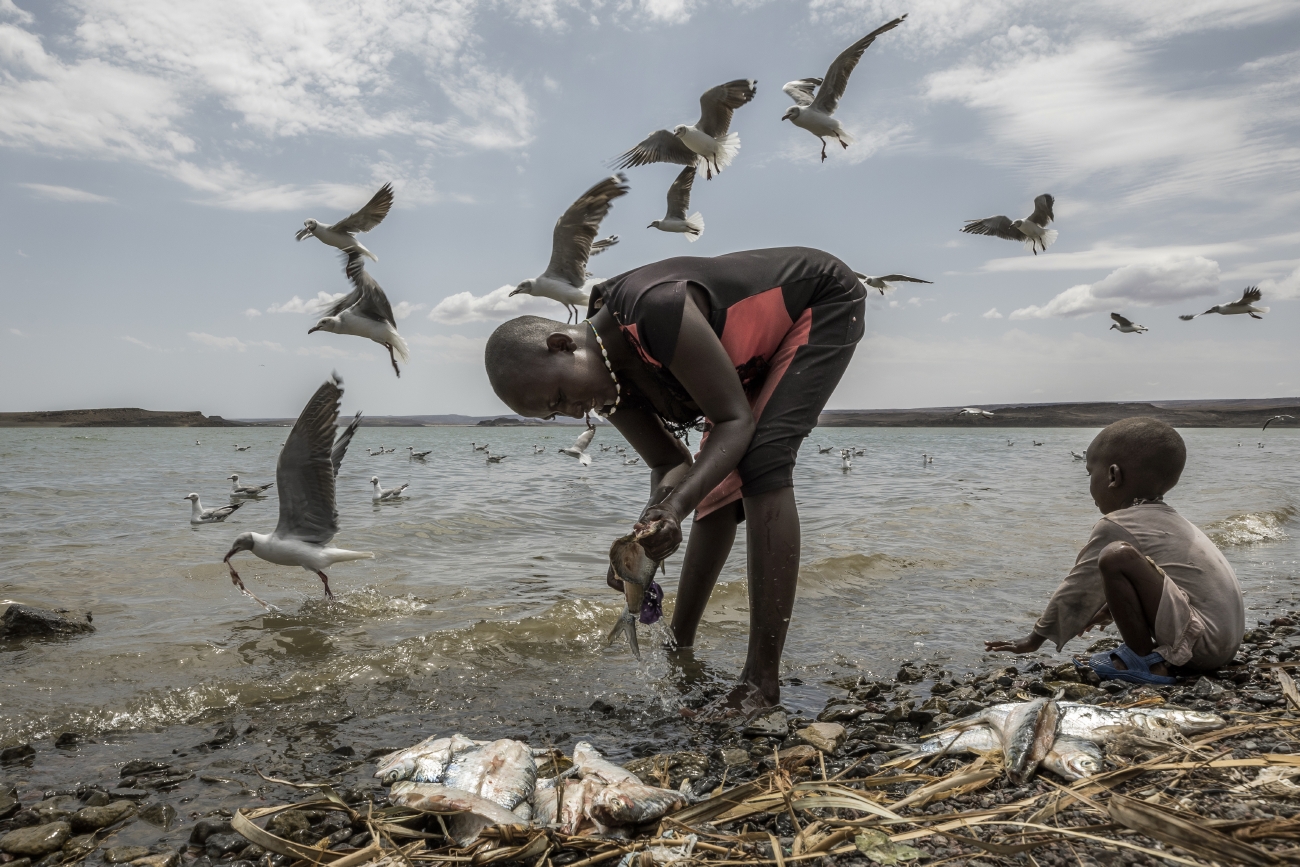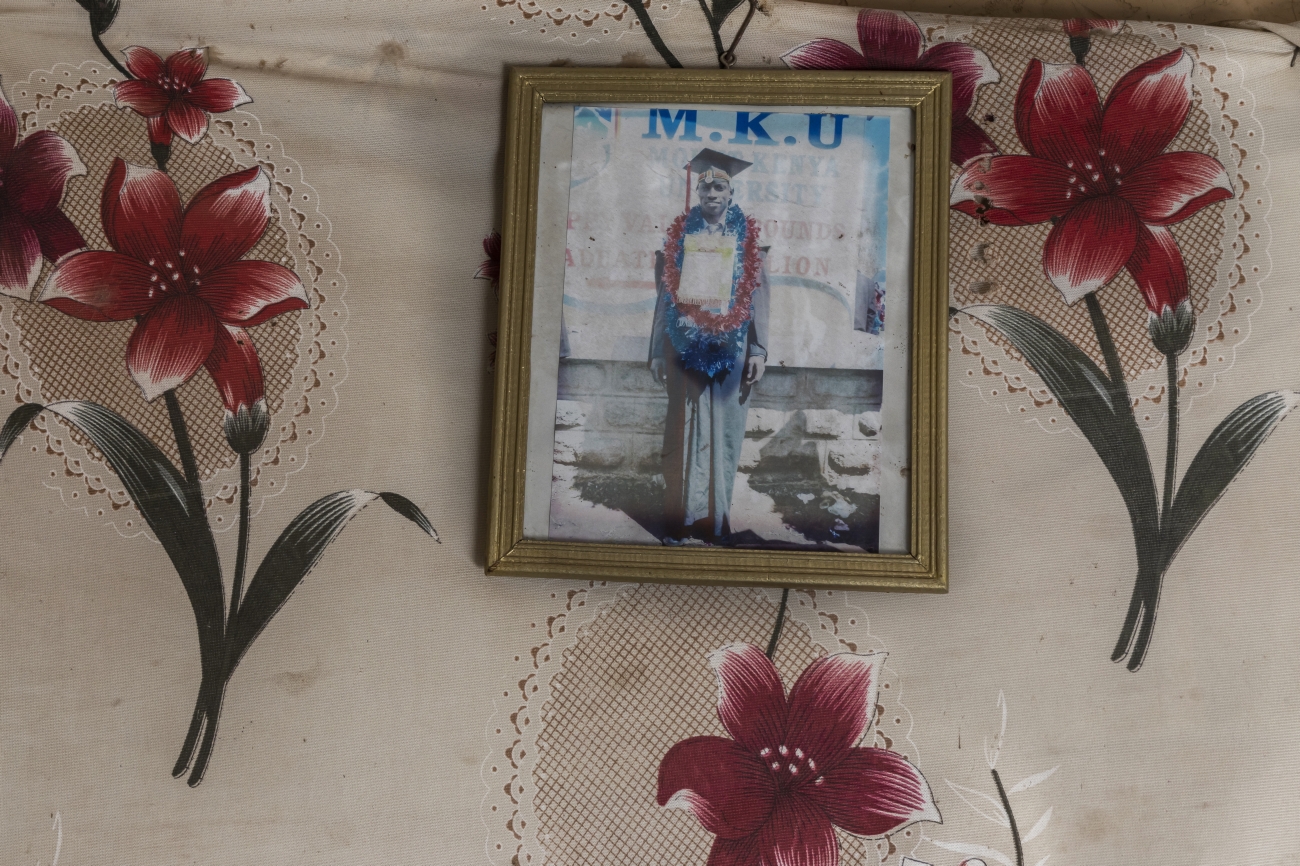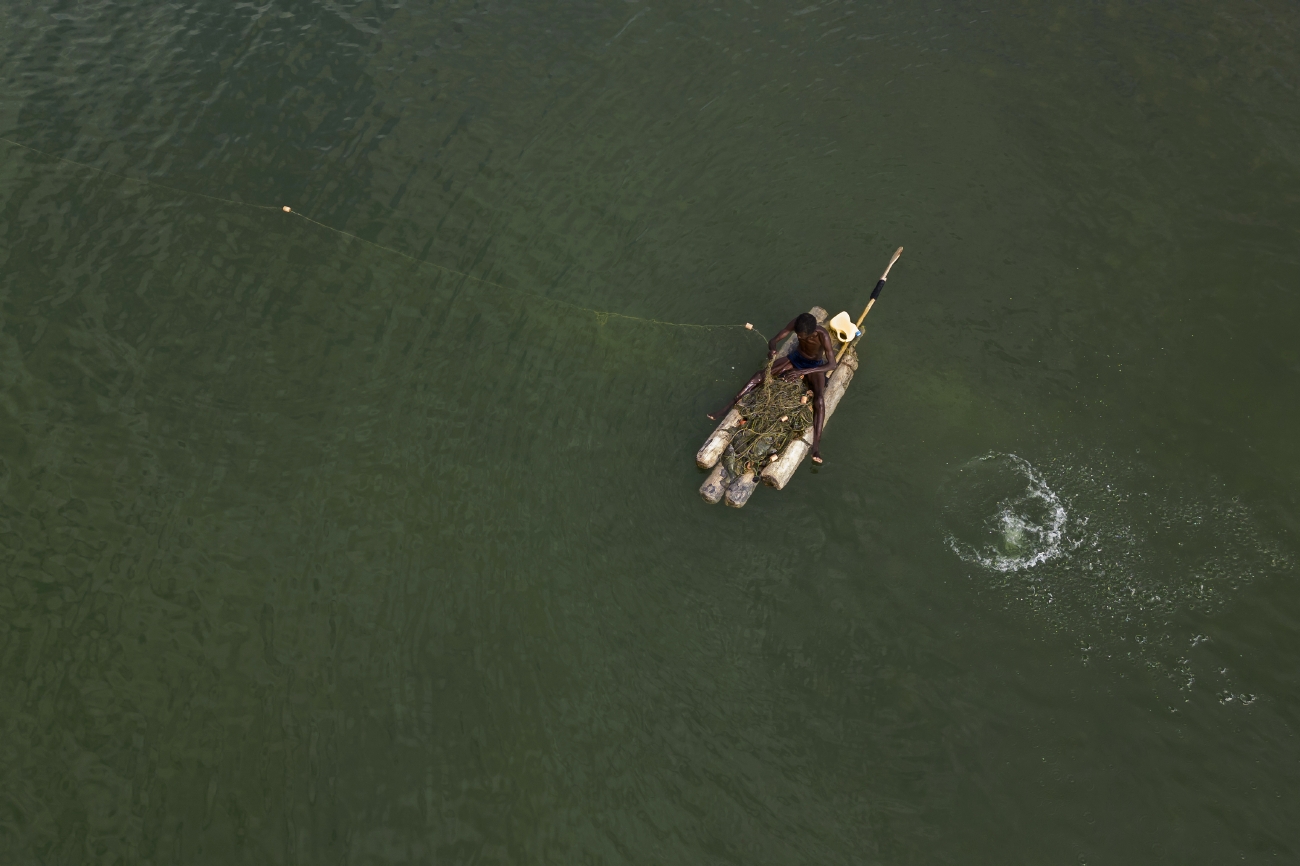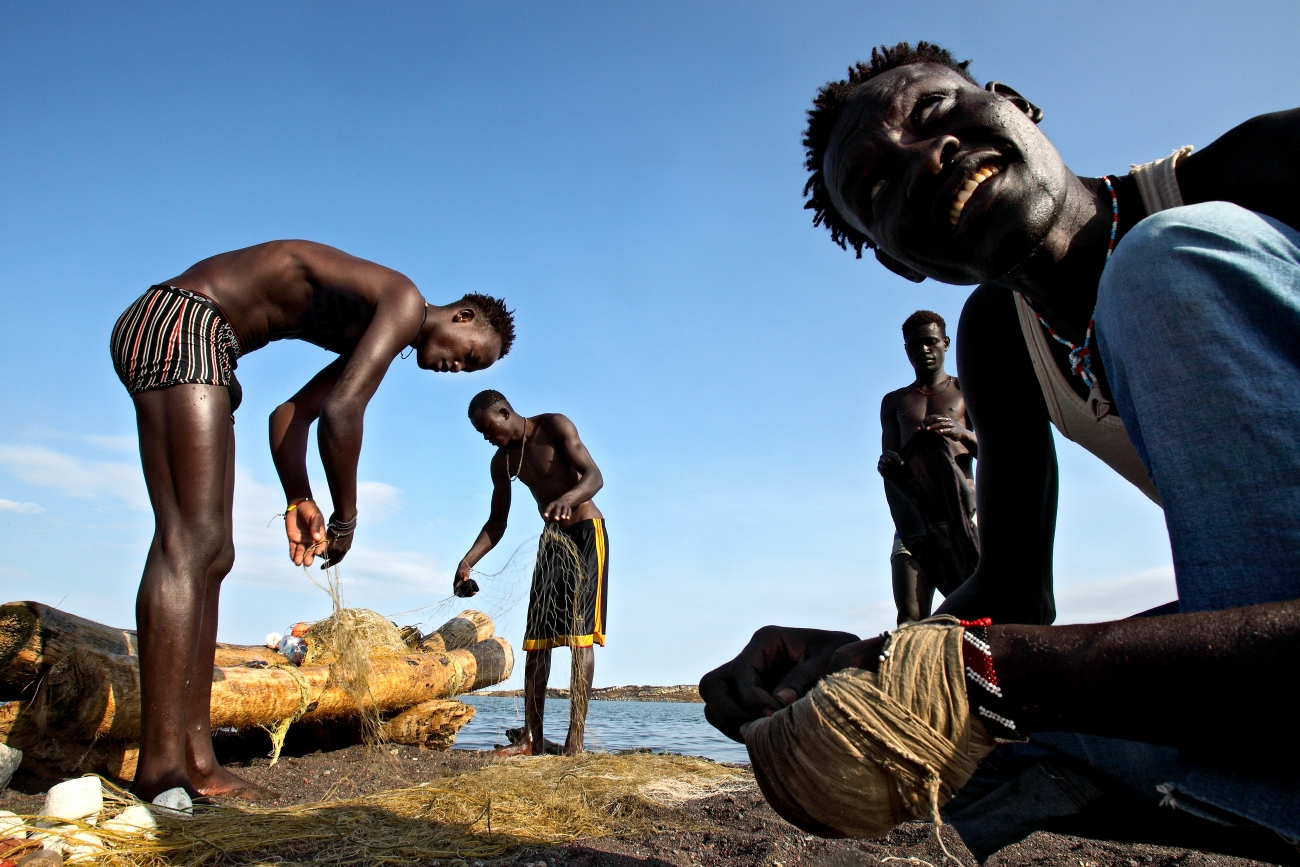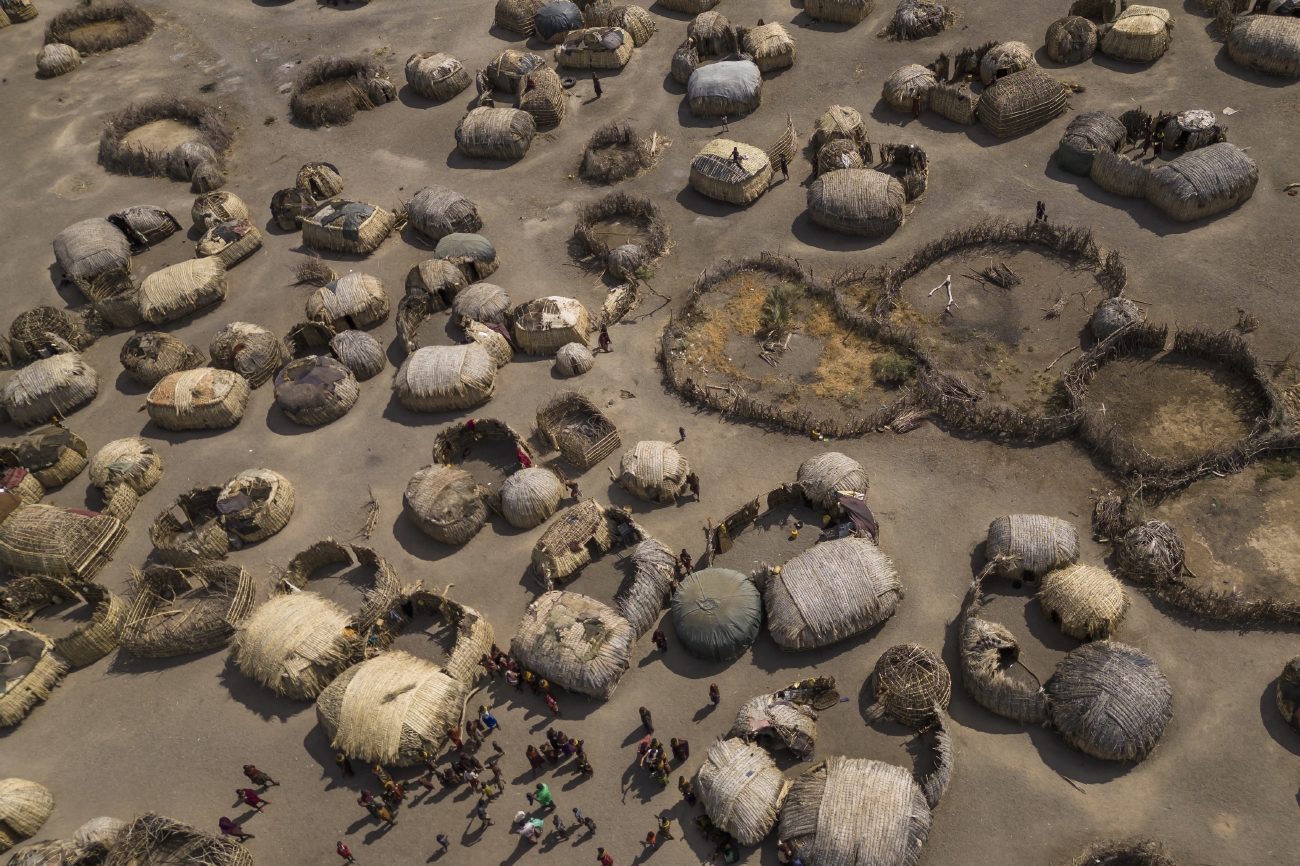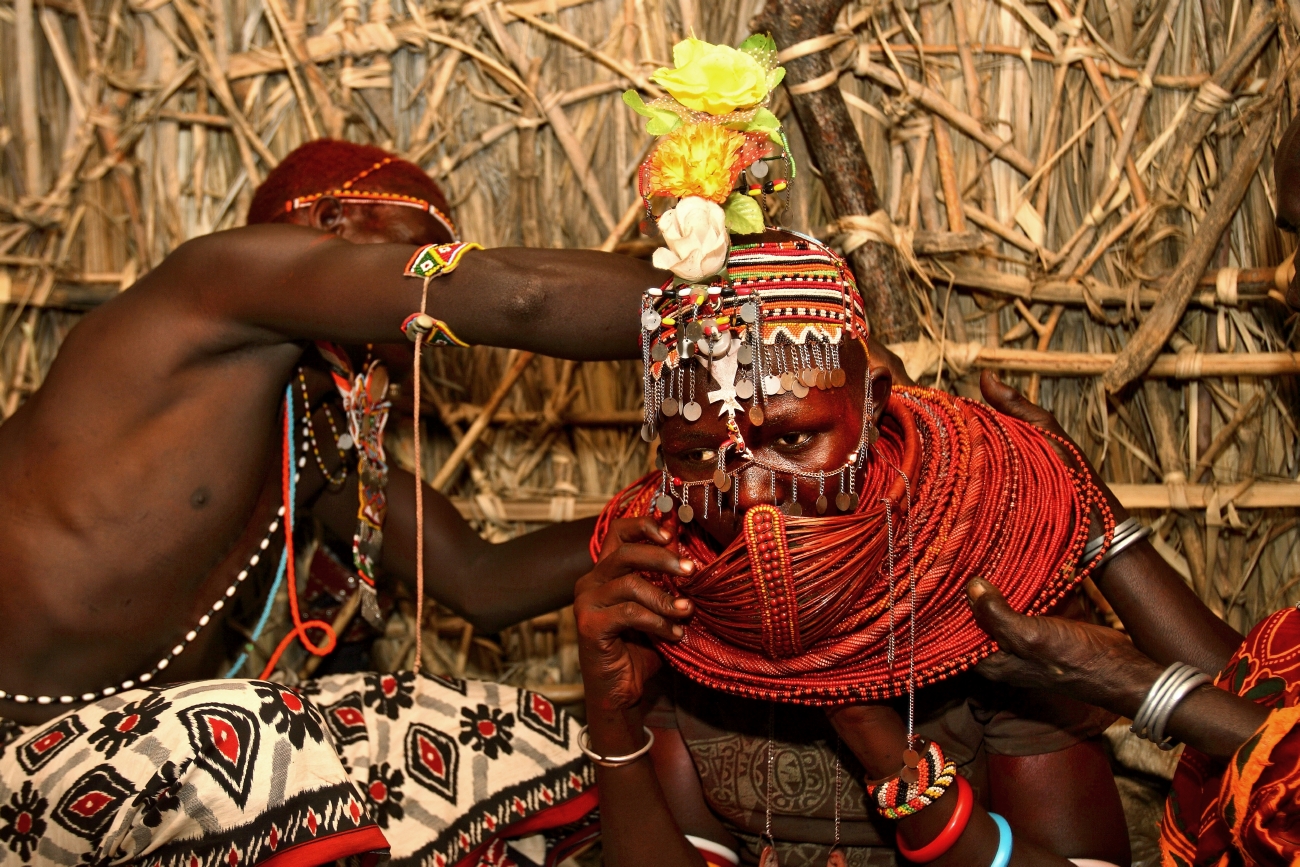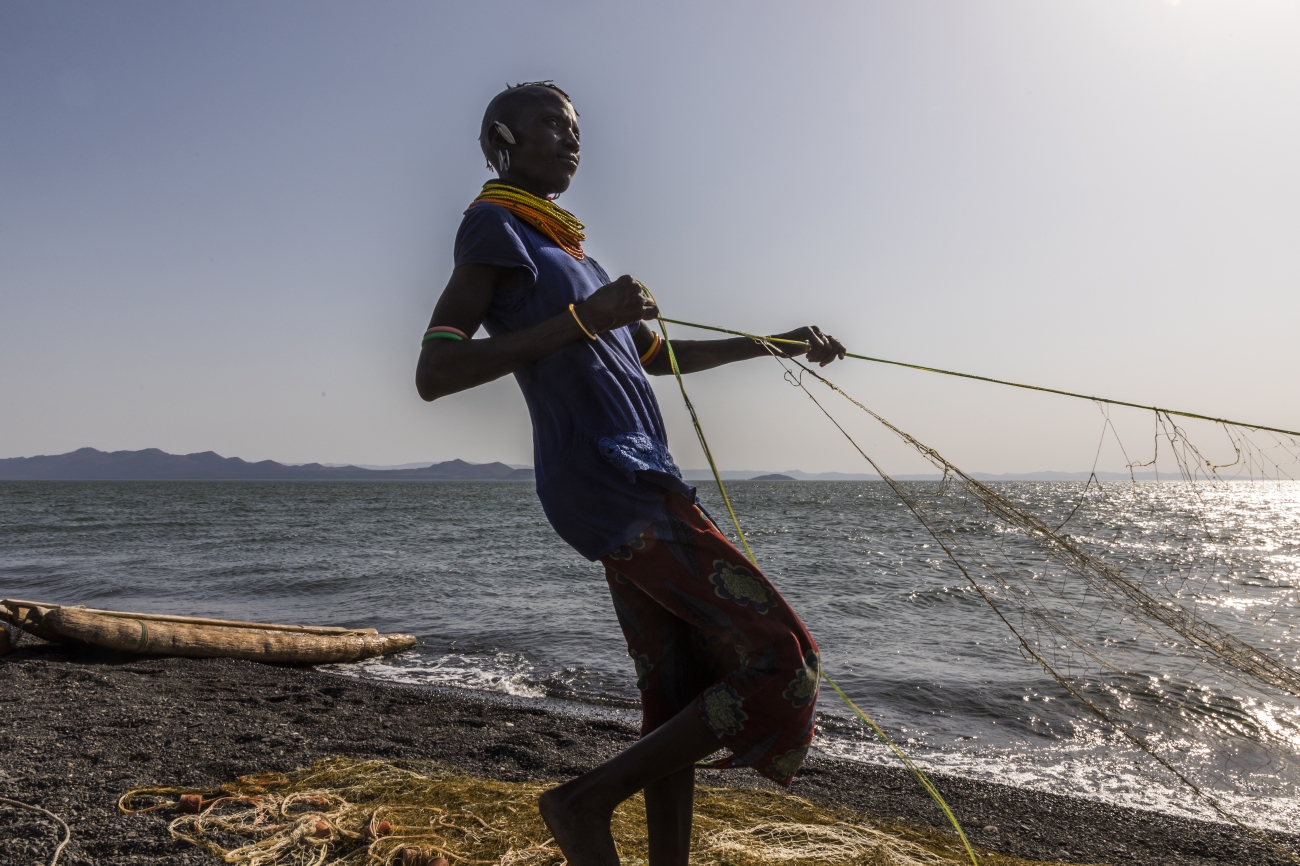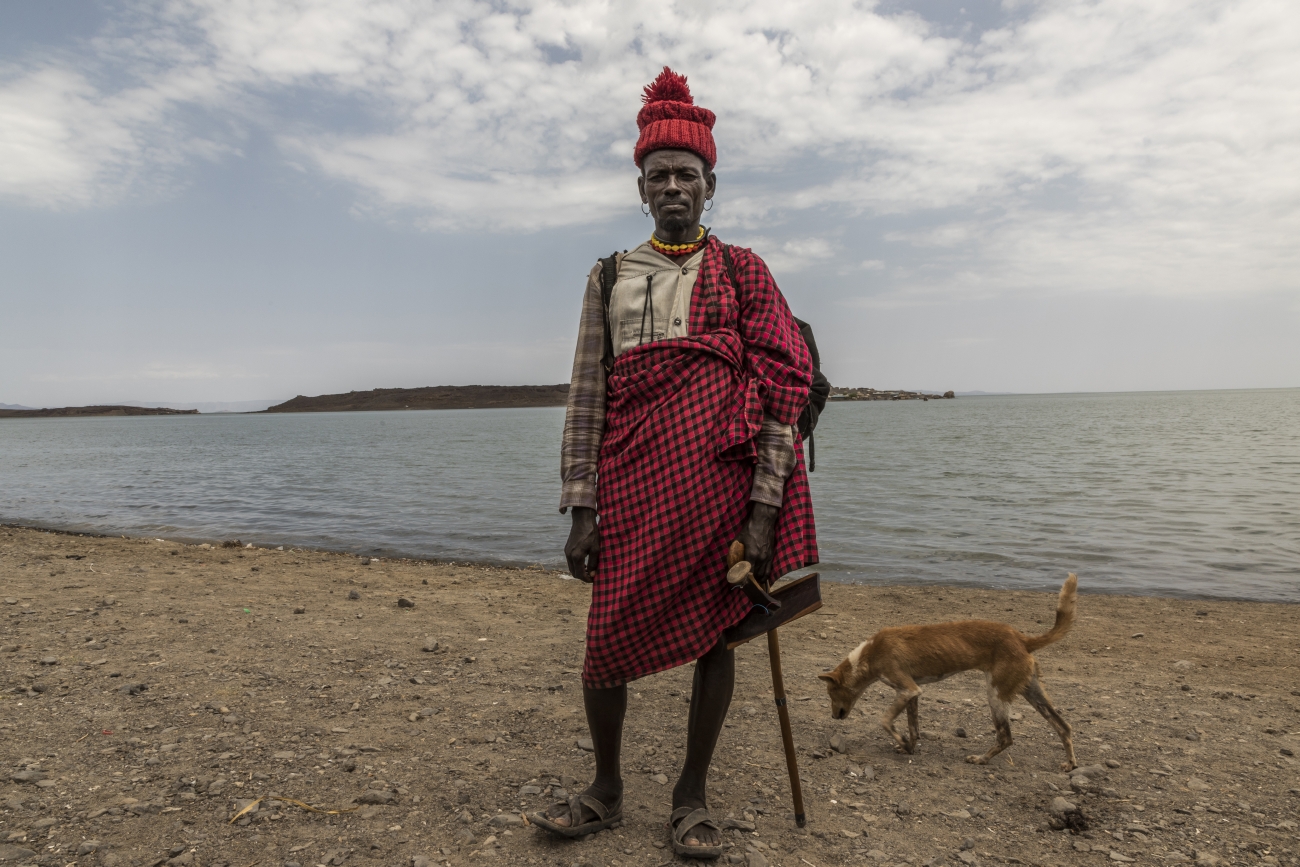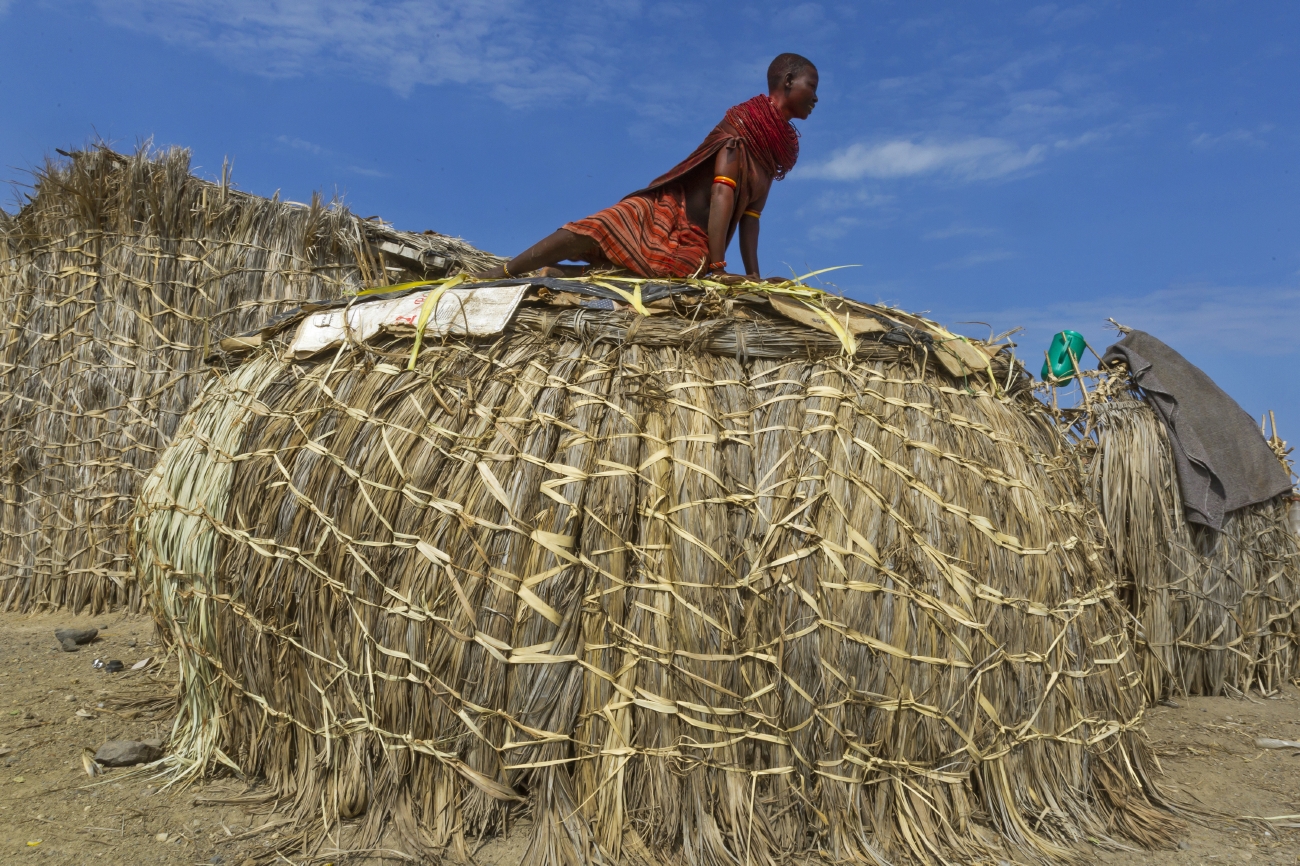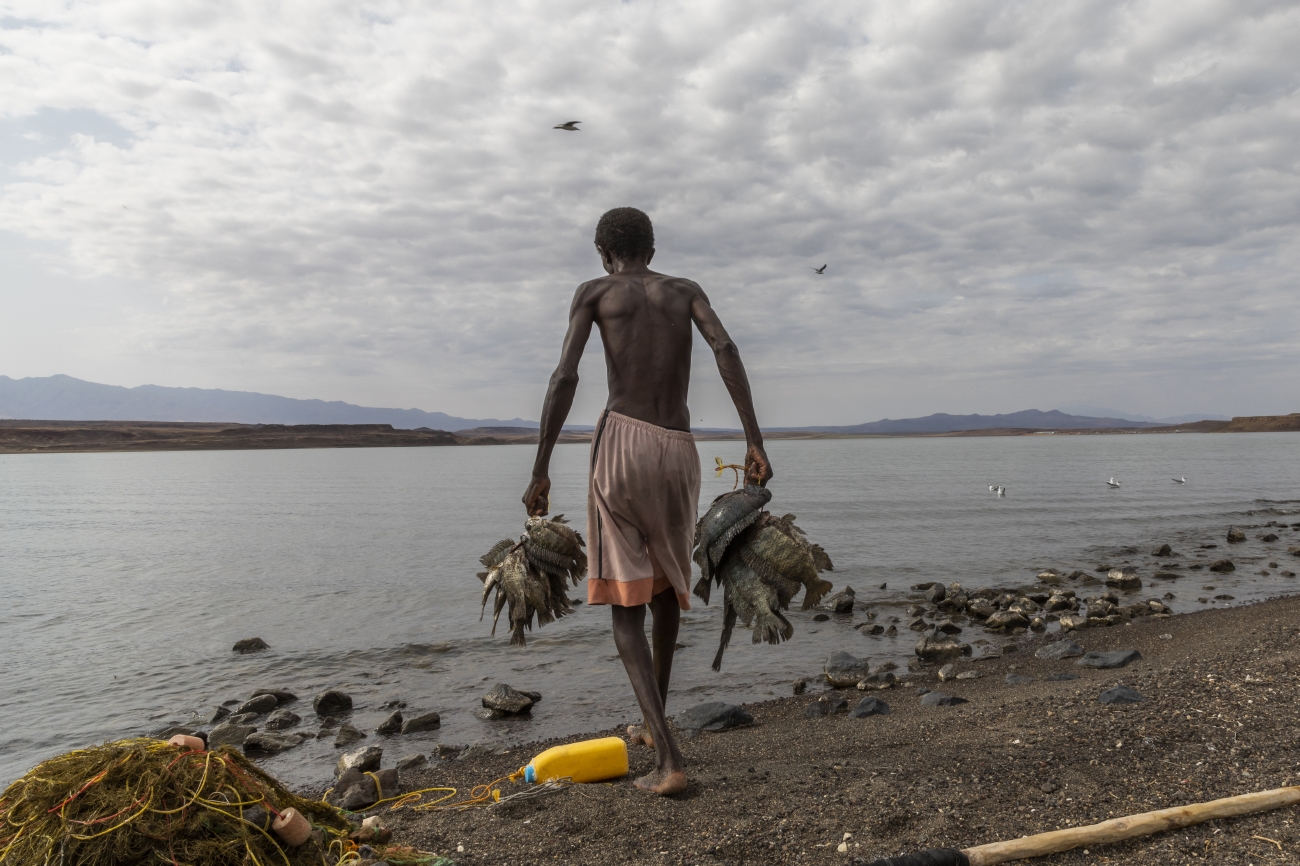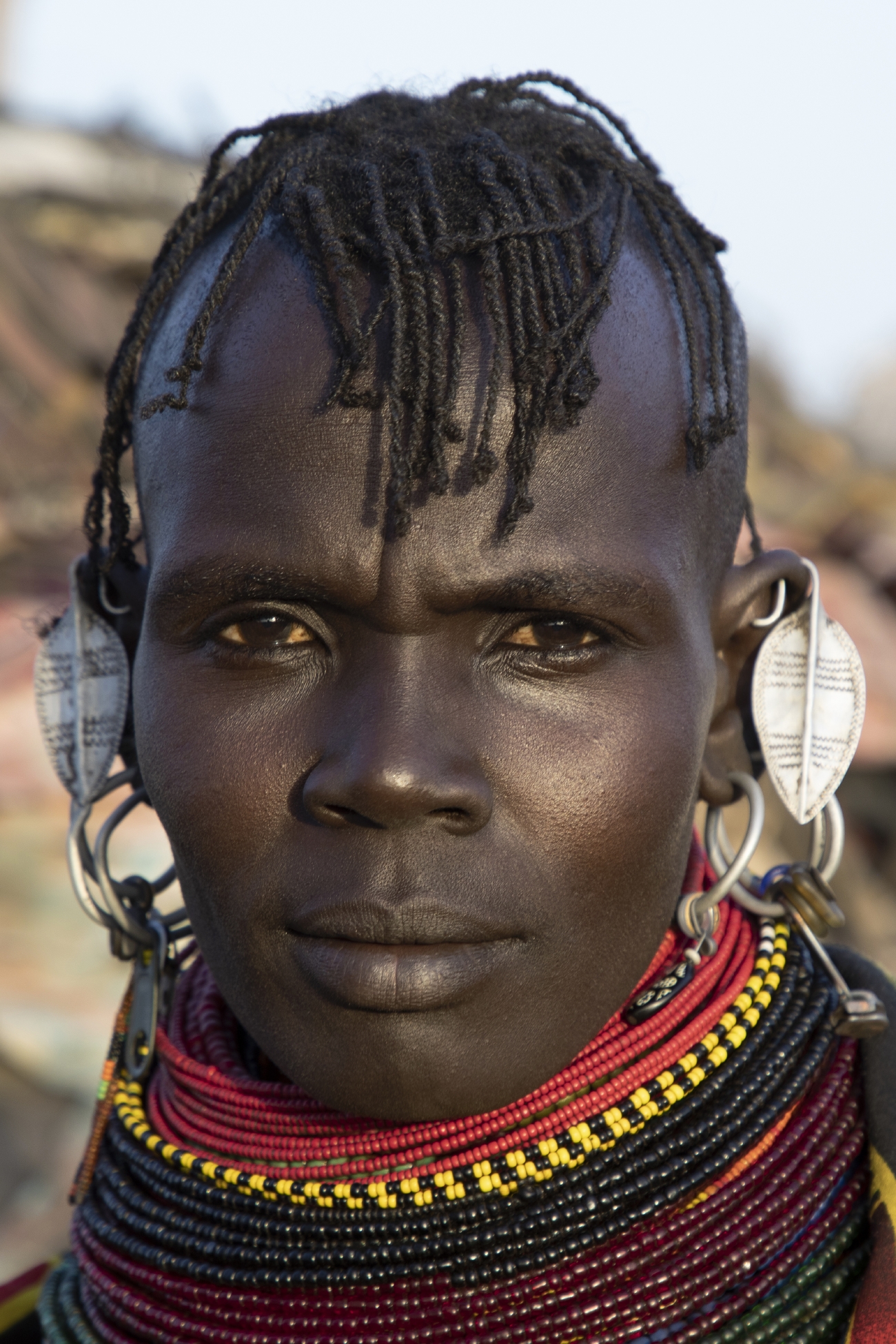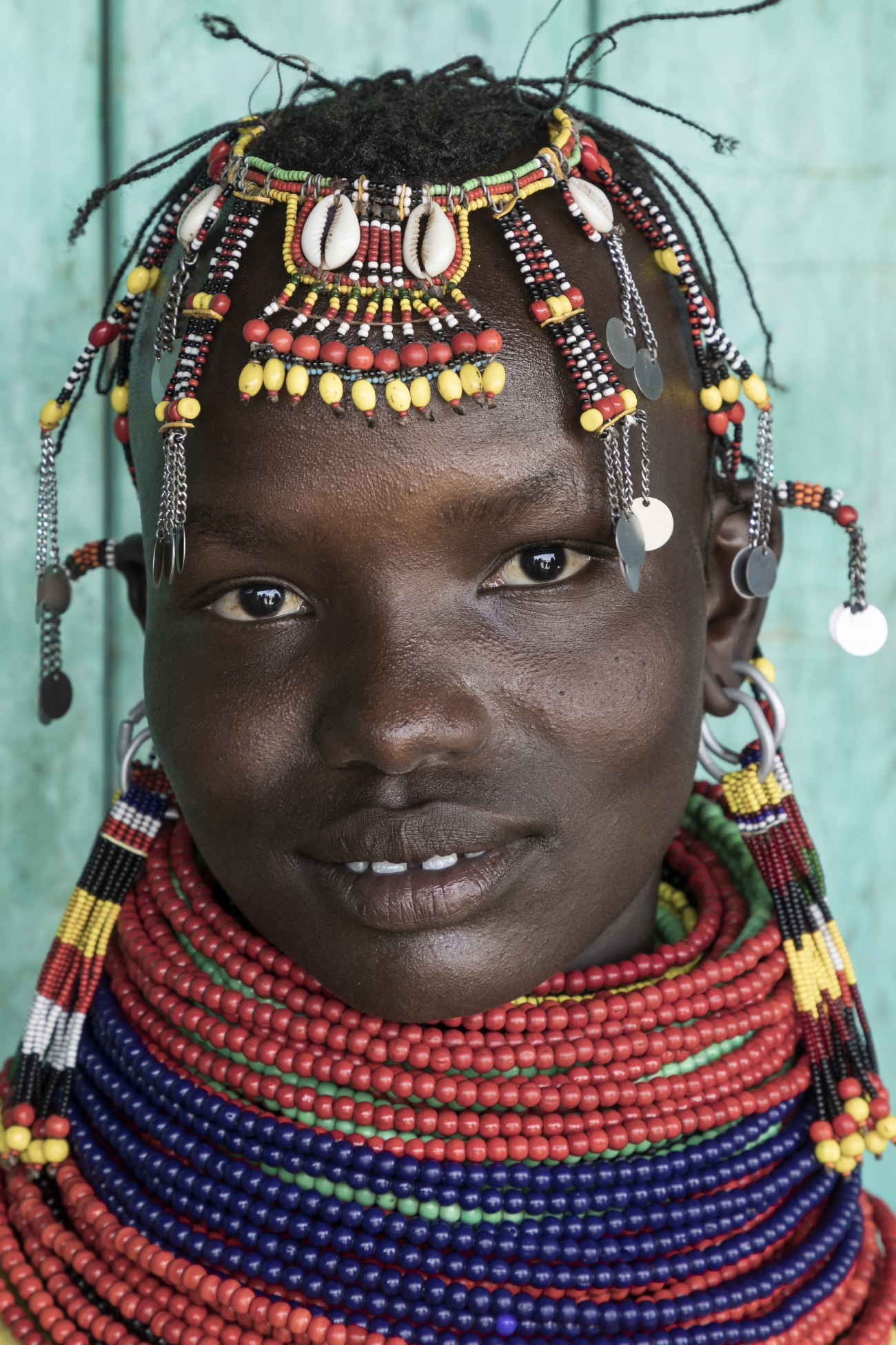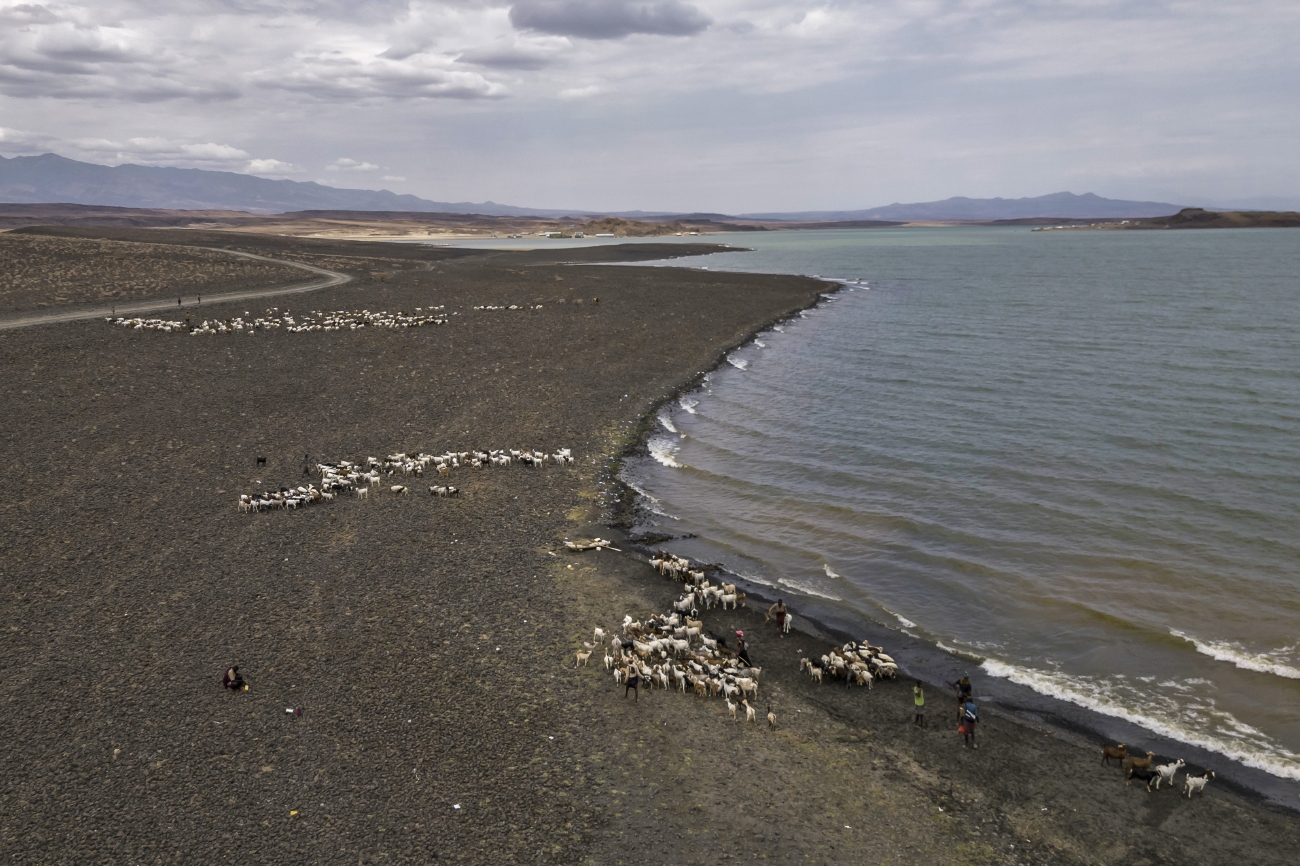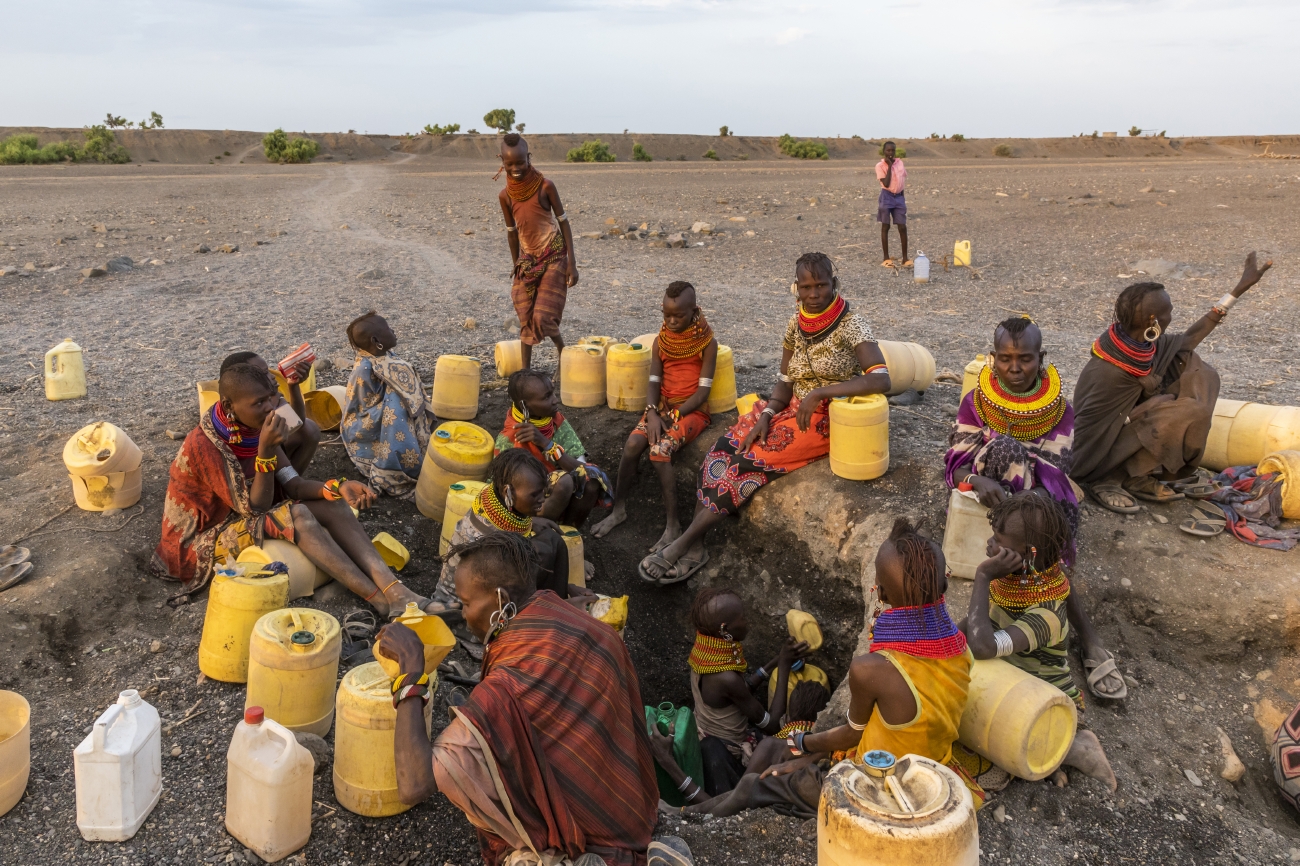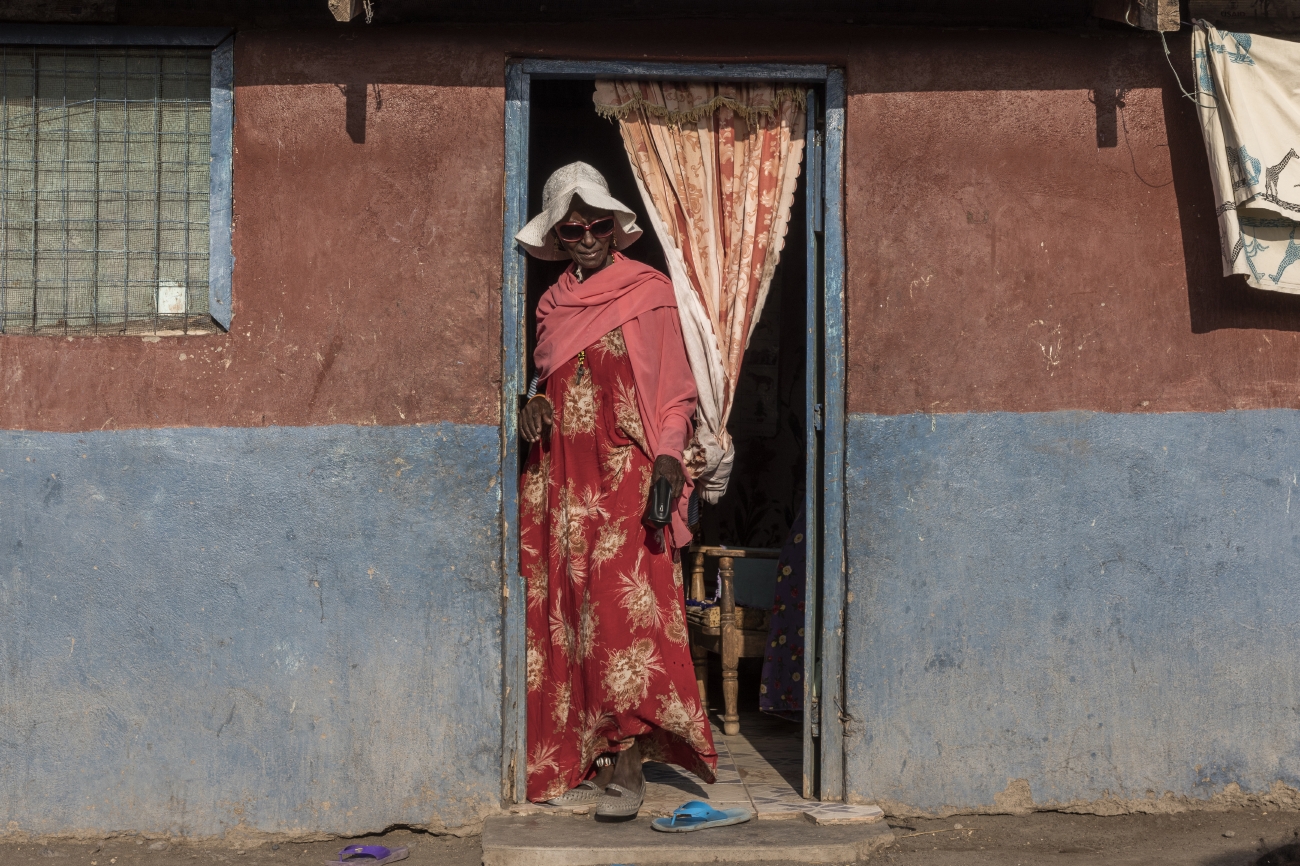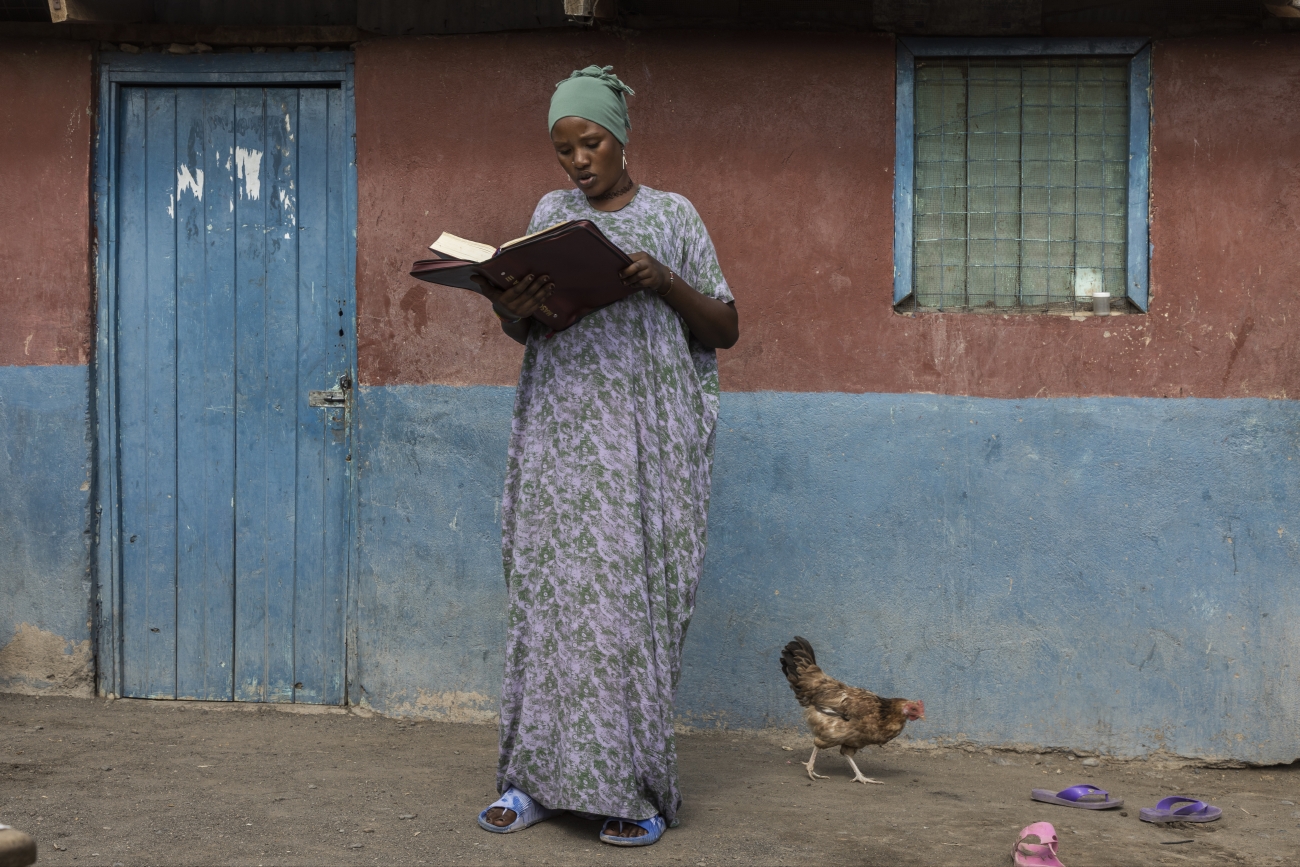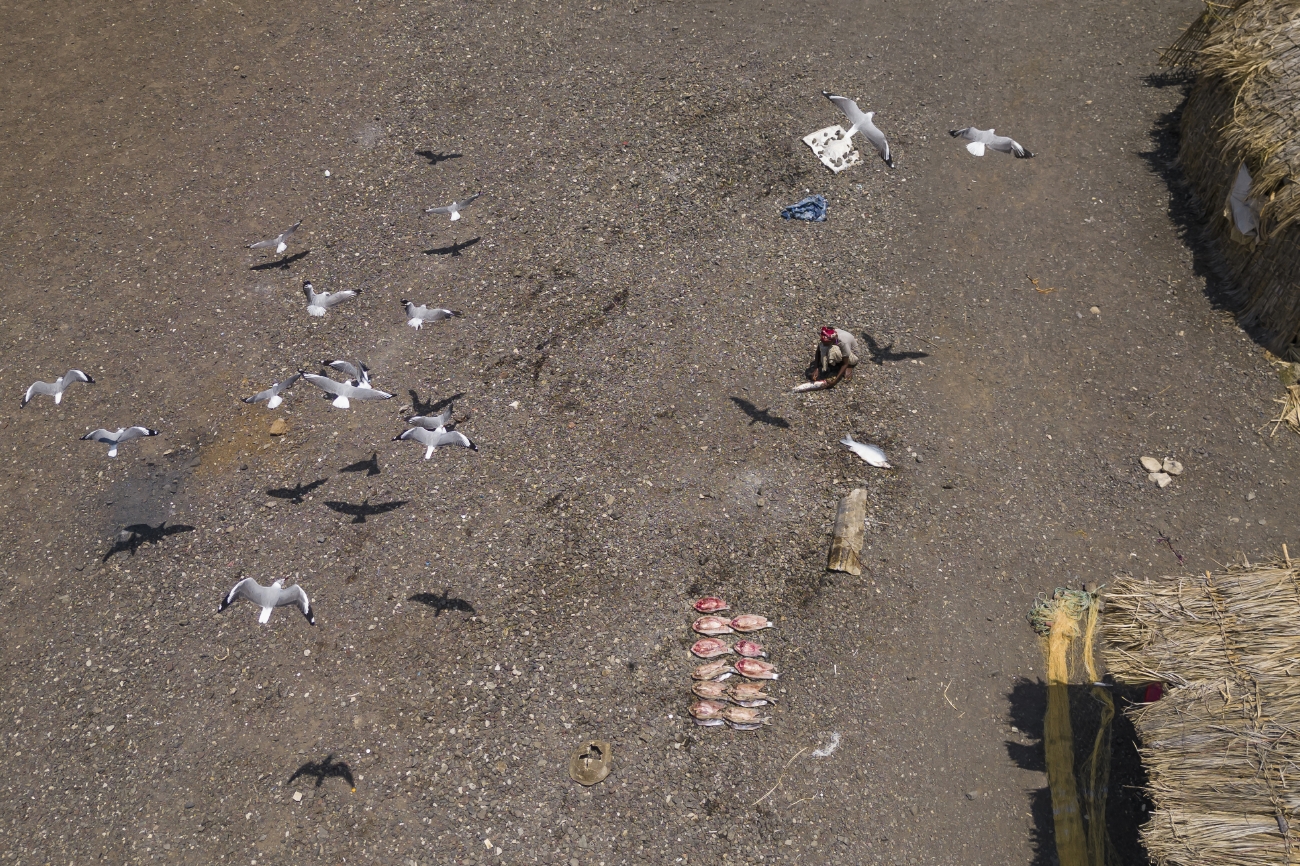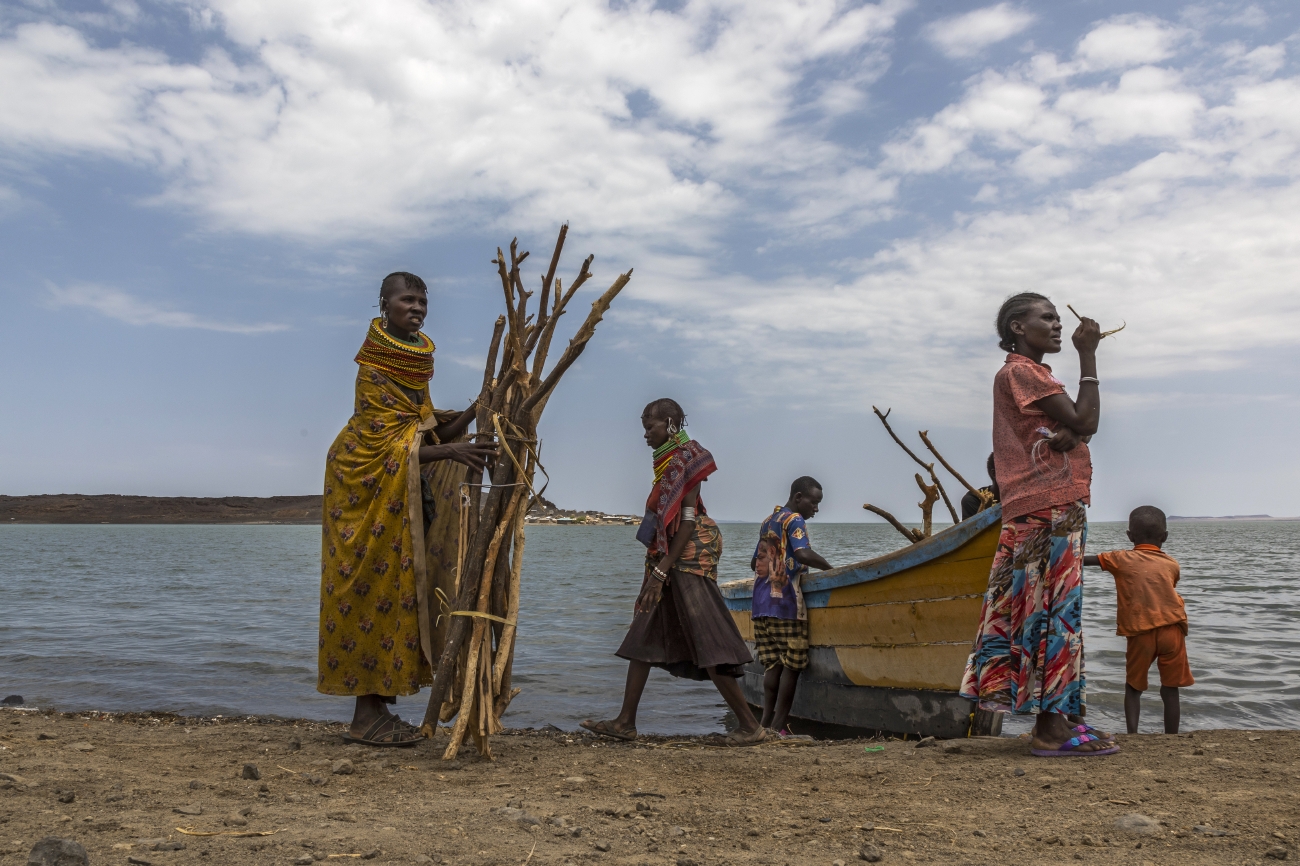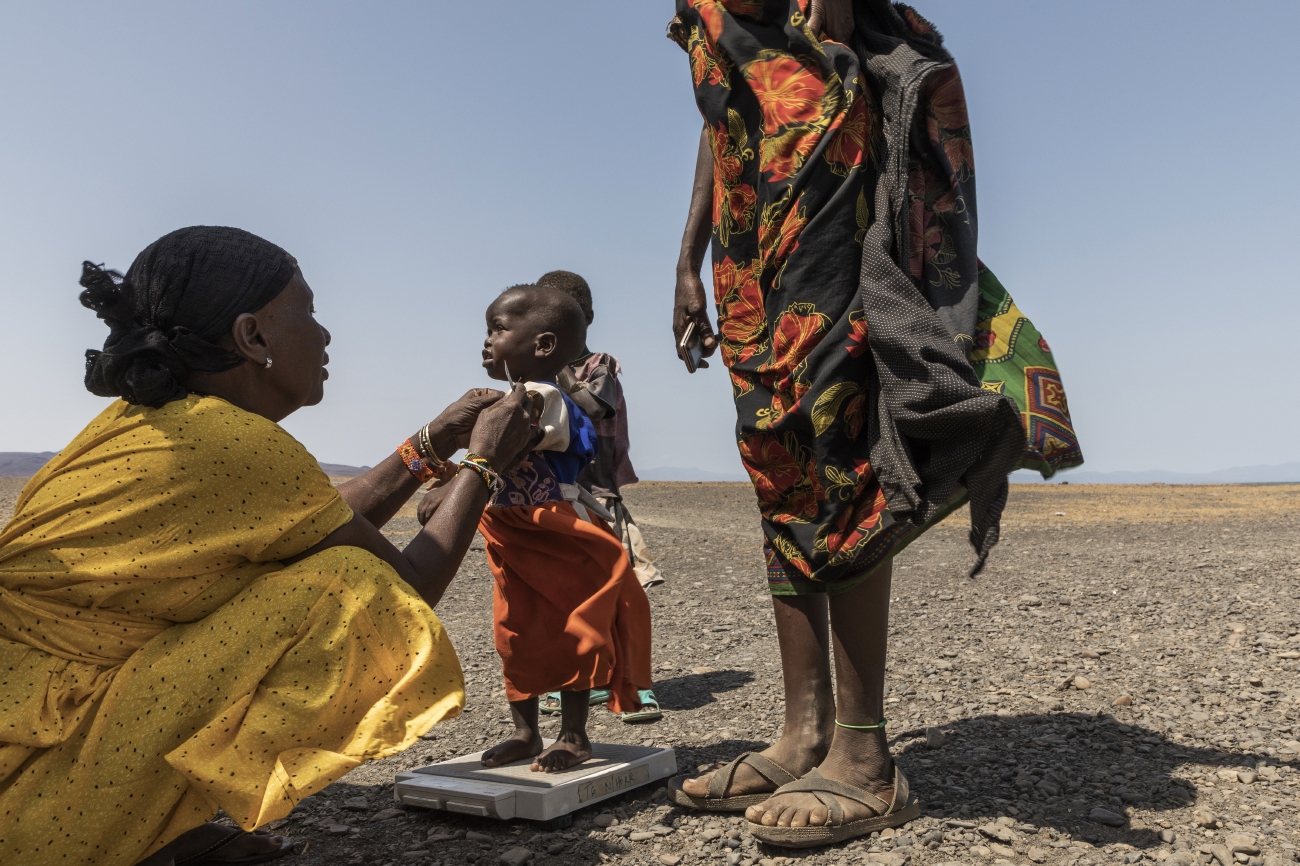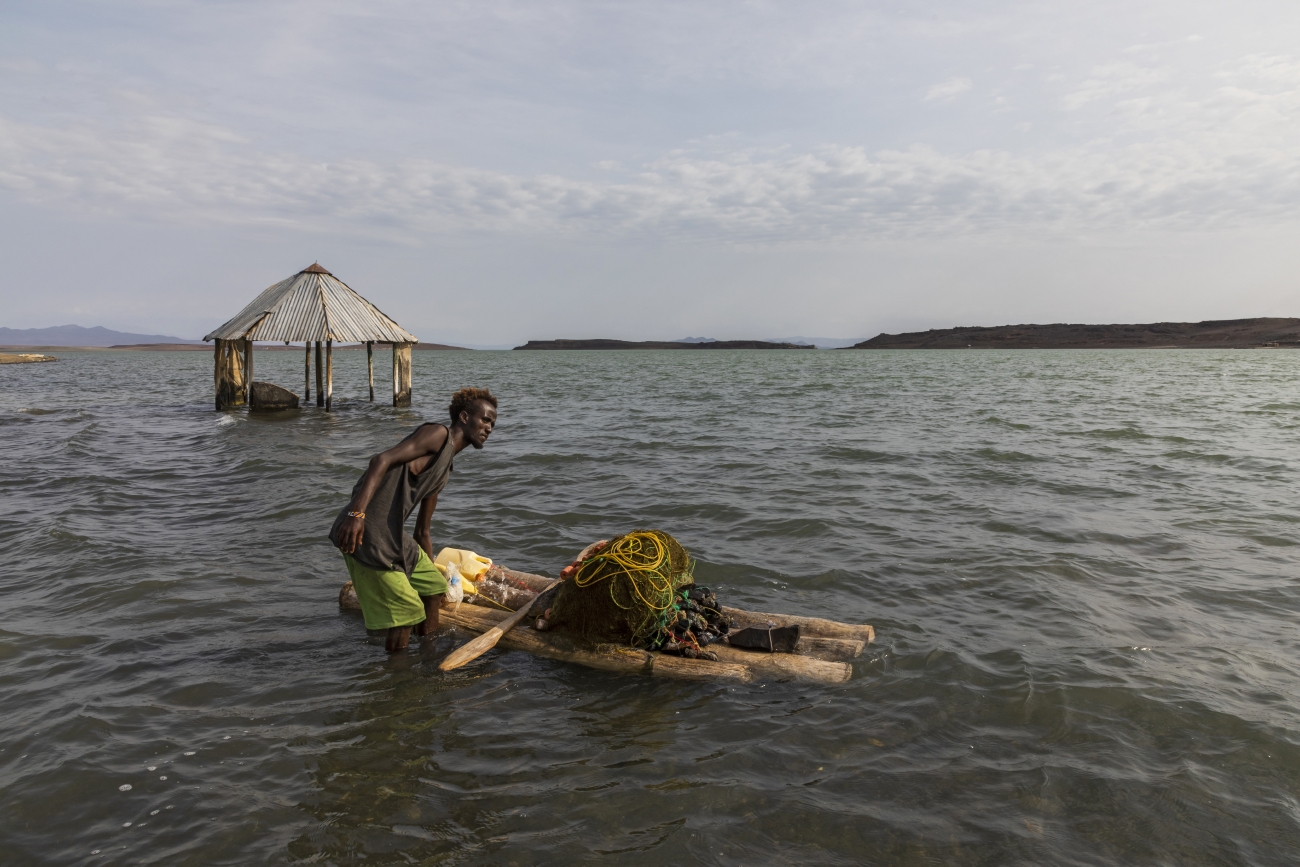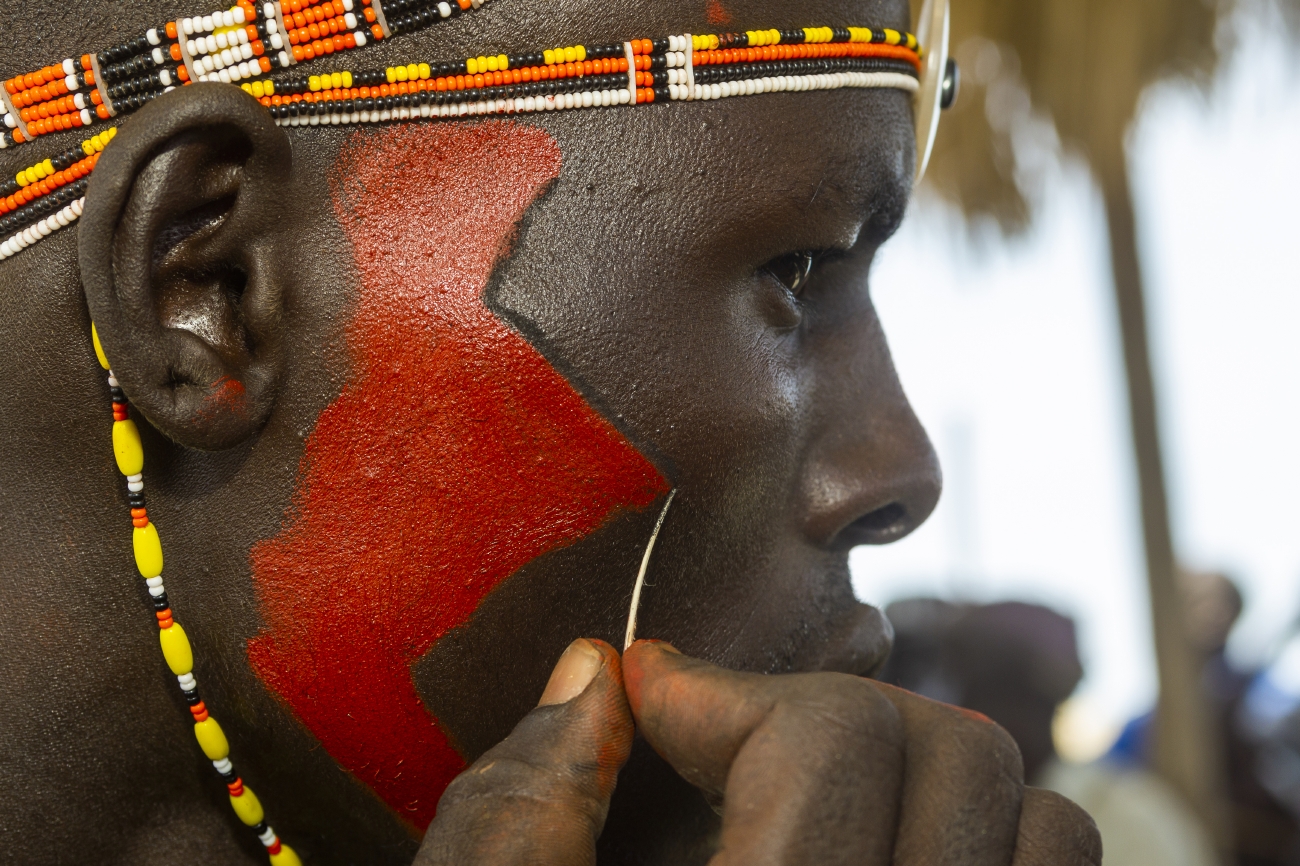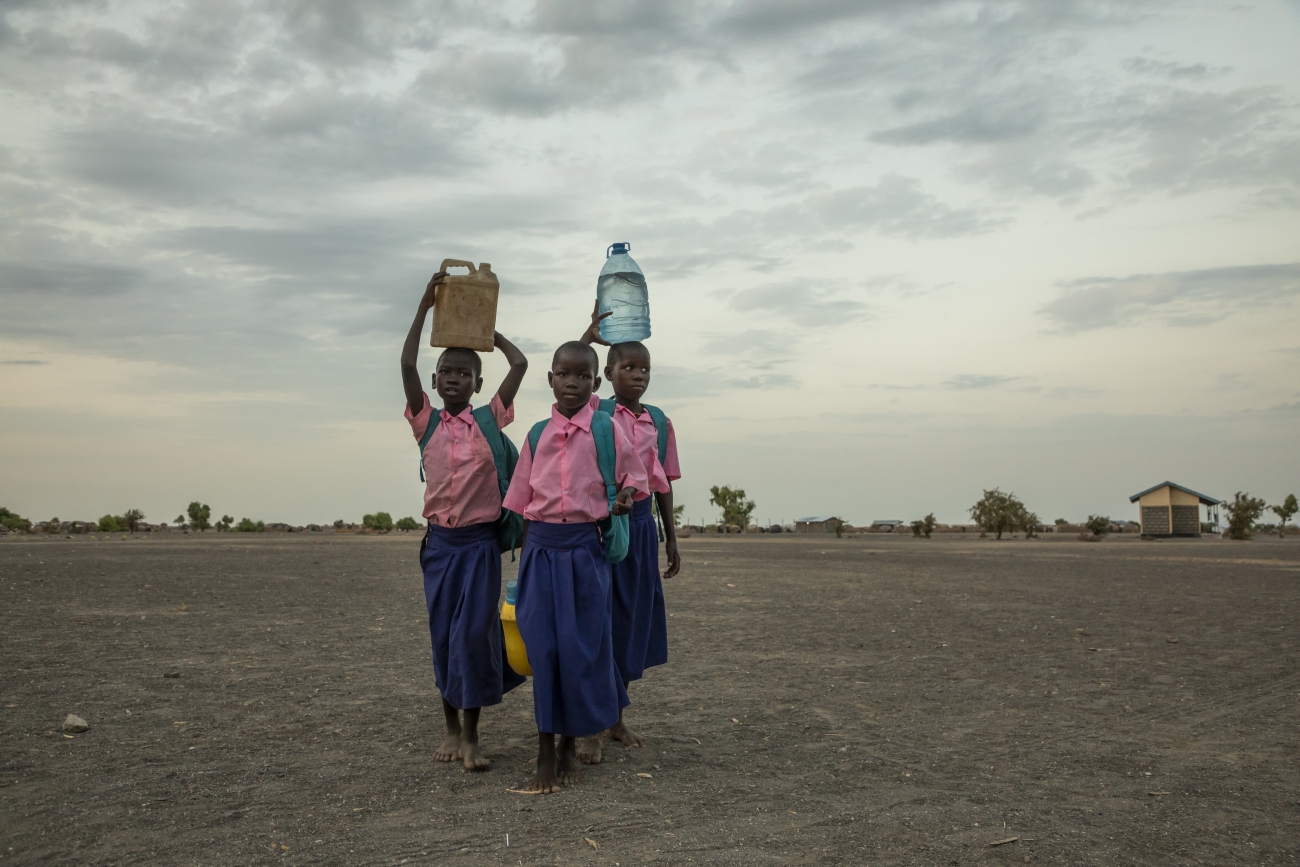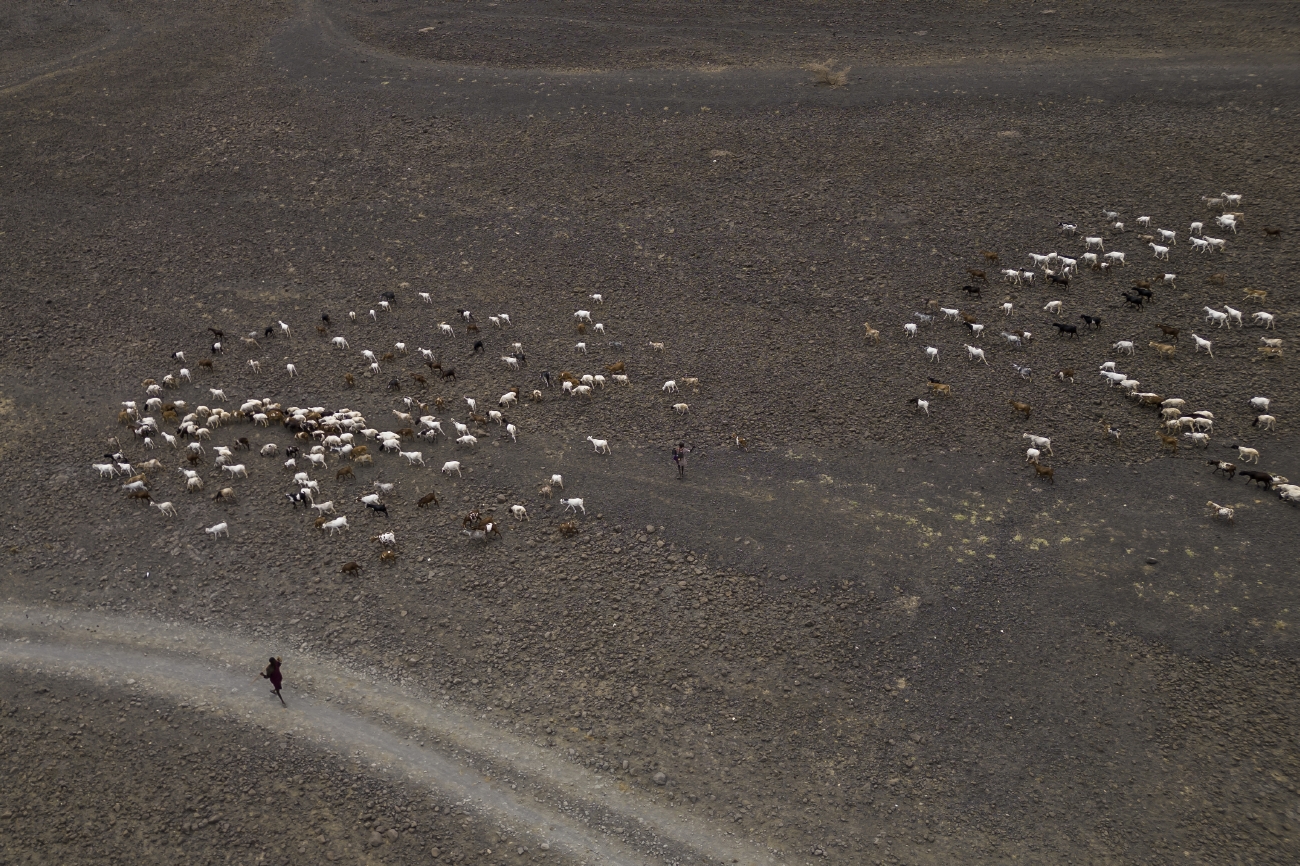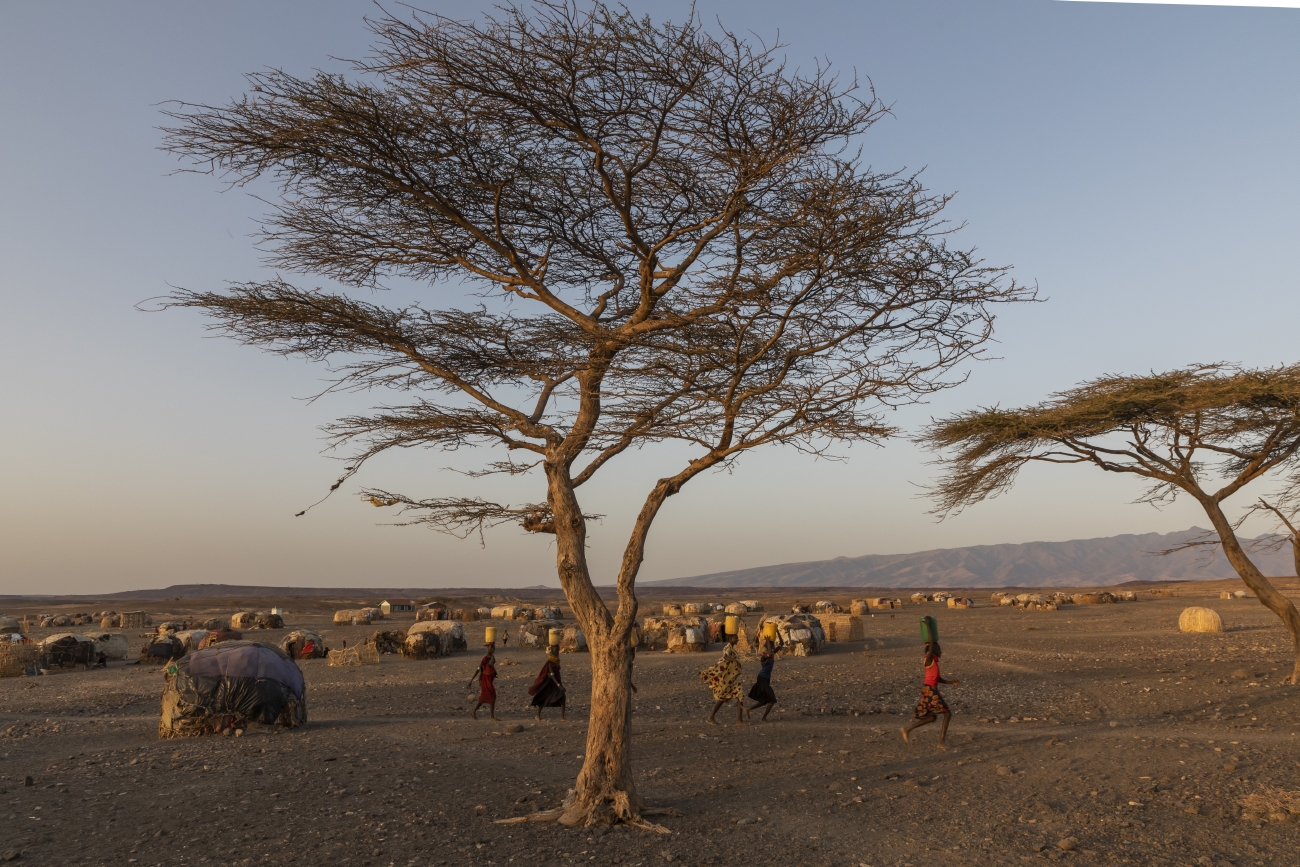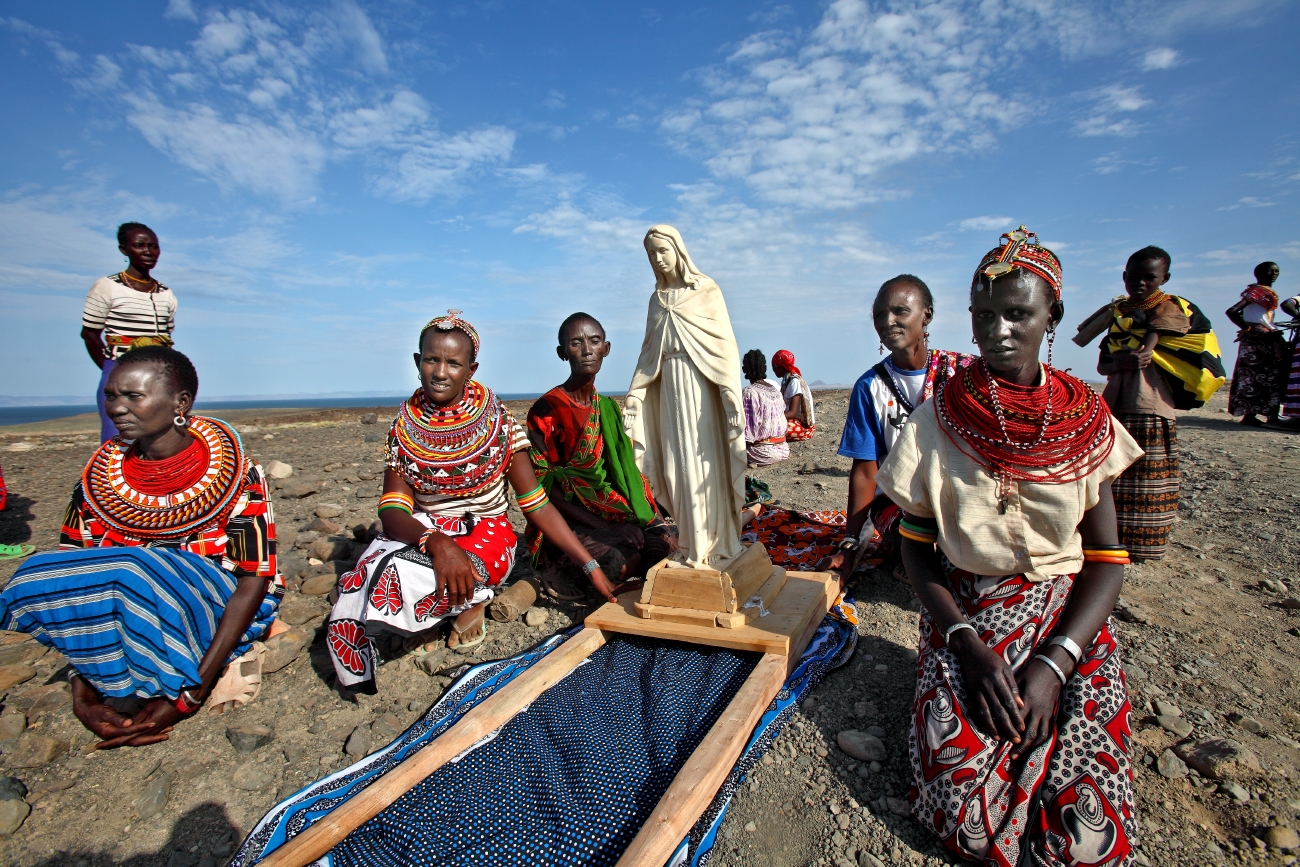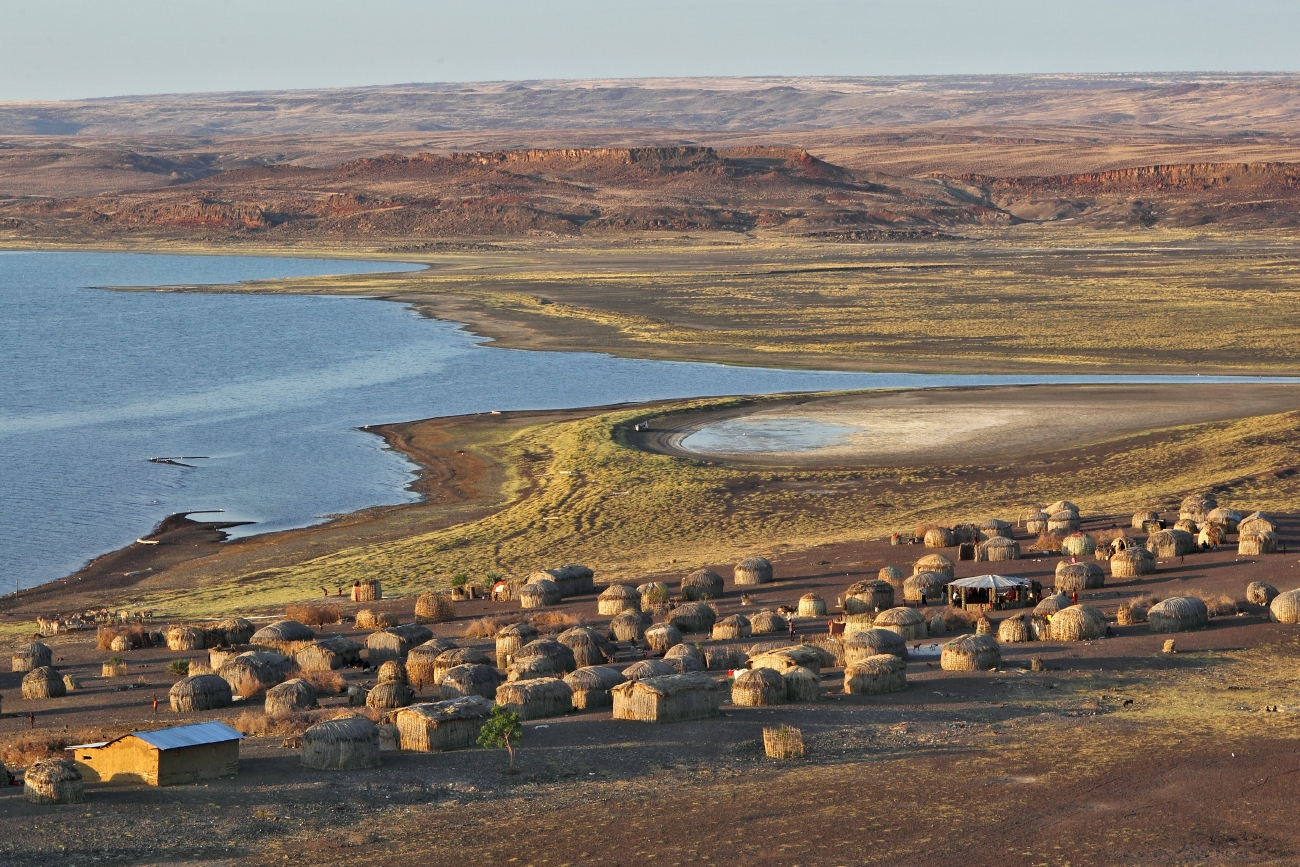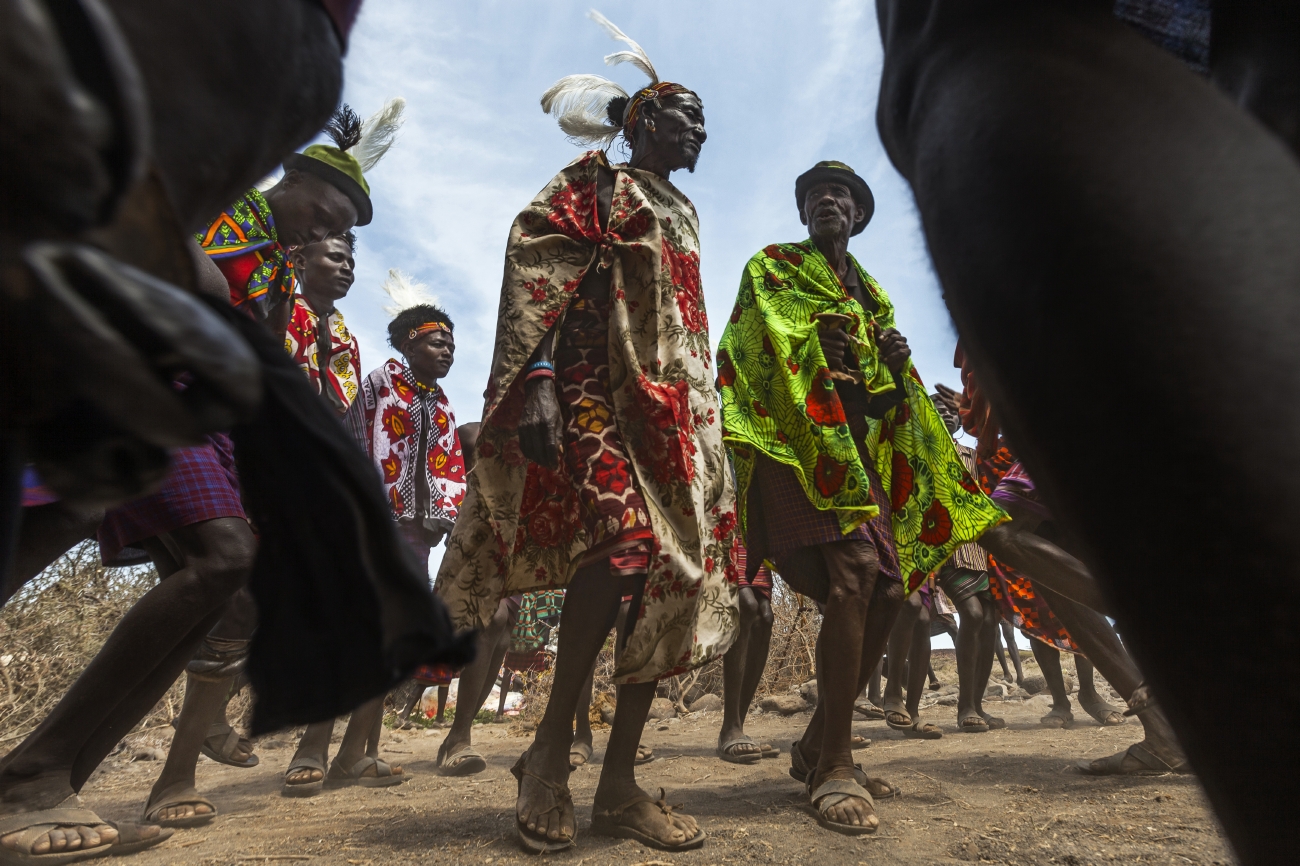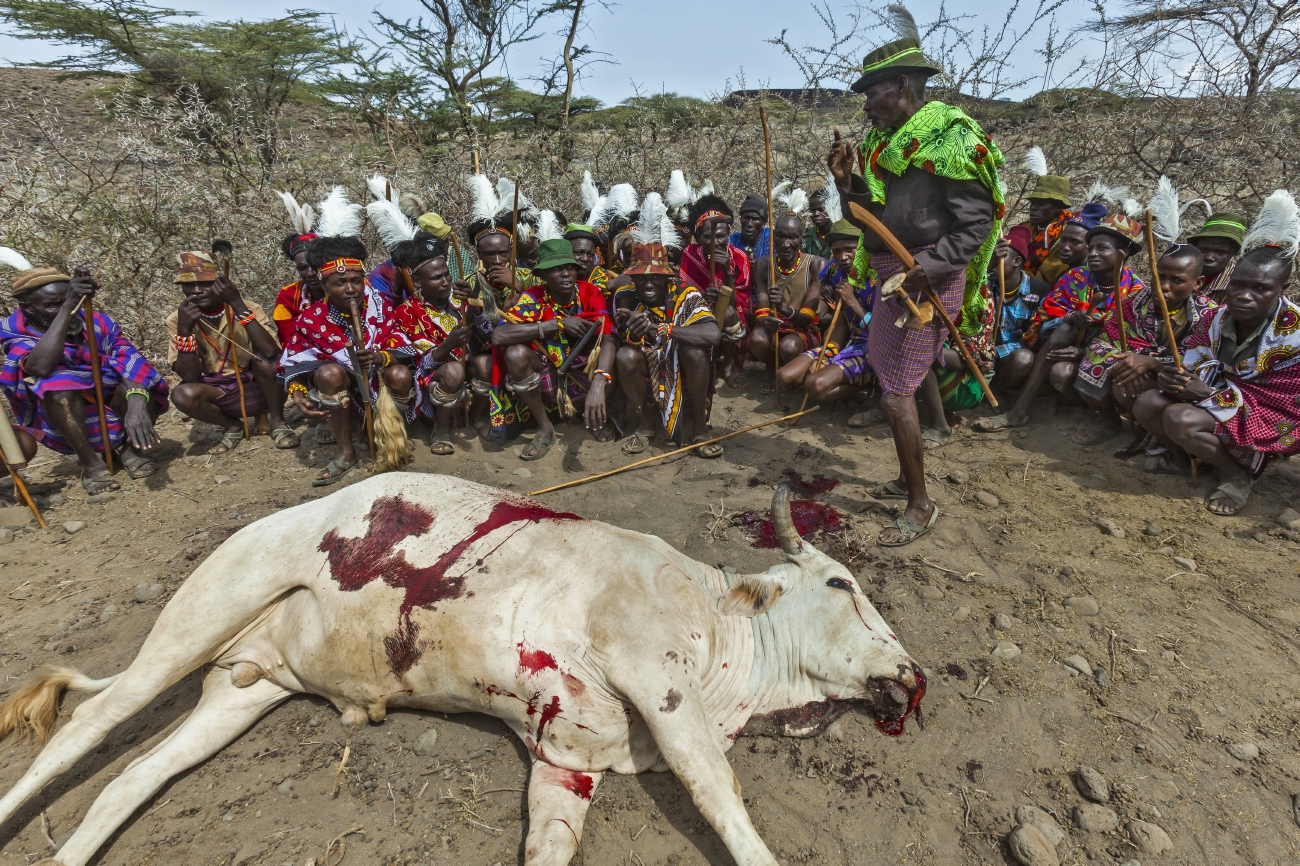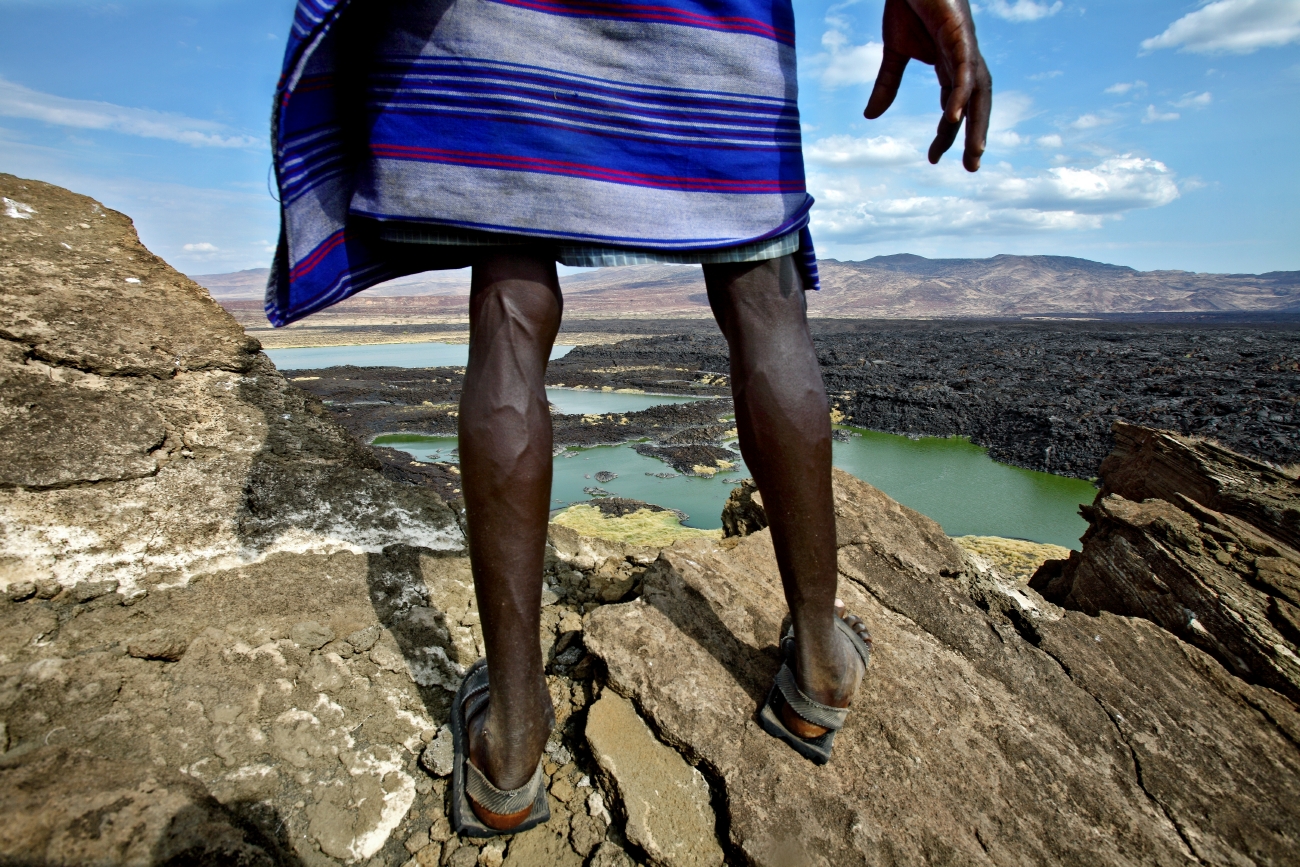The strange case of Lake Turkana
Drought and rising water: an anomaly for shepherds and fishermen
In spite of many statements, including those made by experts, predicting a gradual drying up of Lake Turkana due to prolonged droughts and the large dams built by the Ethiopian government on the lake’s main tributary, the Omo River, the lake’s water level is in actual fact rising. According to a 2021 United Nations Development Program (UNDP) report, parts of the coastline and some villages are submerged, while inland there is dry river flooding. All this is happening during a severe drought. The combination of drought, flooding, and rising water levels around Lake Turkana is also puzzling for experts, who are trying to understand the reasons. Even a tentative explanation must take into consideration historical weather patterns, volcanic activity, climate change, and the alteration of the landscape by humans.
There are two types of flooding around Lake Turkana: a) the lake’s rising water flooding the plains near the coast; and b) flash floods from dry river beds (a phenomenon known as “lugga”). Heavy rains in the eastern parts of Africa in 2019 destroyed hand-dug wells (thereby reducing outfalls) and compacted alluvial soil in dry river beds, which temporarily feed Lake Turkana. With no outlet, groundwater can encounter rising lake levels, which become a countervailing force, resulting in explosive flash floods.
Due to the volcanic activity in the area (the Great Rift Valley), there are numerous volcanic springs within the lake itself, including the Loyangalani spring, where fresh, potable water gushes out at a temperature of 60°C.
The output of these submerged springs can vary immensely and this is one of the possible causes of the lake’s rising water level. In 2020, 779.6 square kilometers of land around the lake was flooded (according to the UNDP). Permanent settlements have been affected, as have people living off a submerged economy of fishing and farming. In 2015, a strip of land with a road connected the fishing village El Molo in Komote: today the road is completely submerged and the village is located on an island.
And what about climate change? All ecological problems – as well as several socio-economic problems – are now blamed on global warming. But from the perspective of the shepherds on the ground, climate change is creating a growing sense of confusion and increased uncertainty rather than being seen as an imminent threat. In 2018 in North Horr, Wario, a 67-year-old Gabra elder from Boru Magado, said, “Climate conditions? Everything is calm.” He went on to say: “Something strange is happening: camels are still feeding on the baddan trees (Balanites aegyptiaca), but their leaves are not as nutritious as they used to be.”
In his 2019 paper “When Things Fall Apart: Global Weirding, Postnormal Times, and Complexity Limits,” Christopher Burr Jones talked about a transition characterized by complexity, chaos, and contradiction” in which scientific analysis and local perceptions collide and lose meaning. Like all of us, the Lake Turkana shepherds are moving toward Terra incognita, uncharted territory.
Text by Alberto Salza
(2012-2023)
